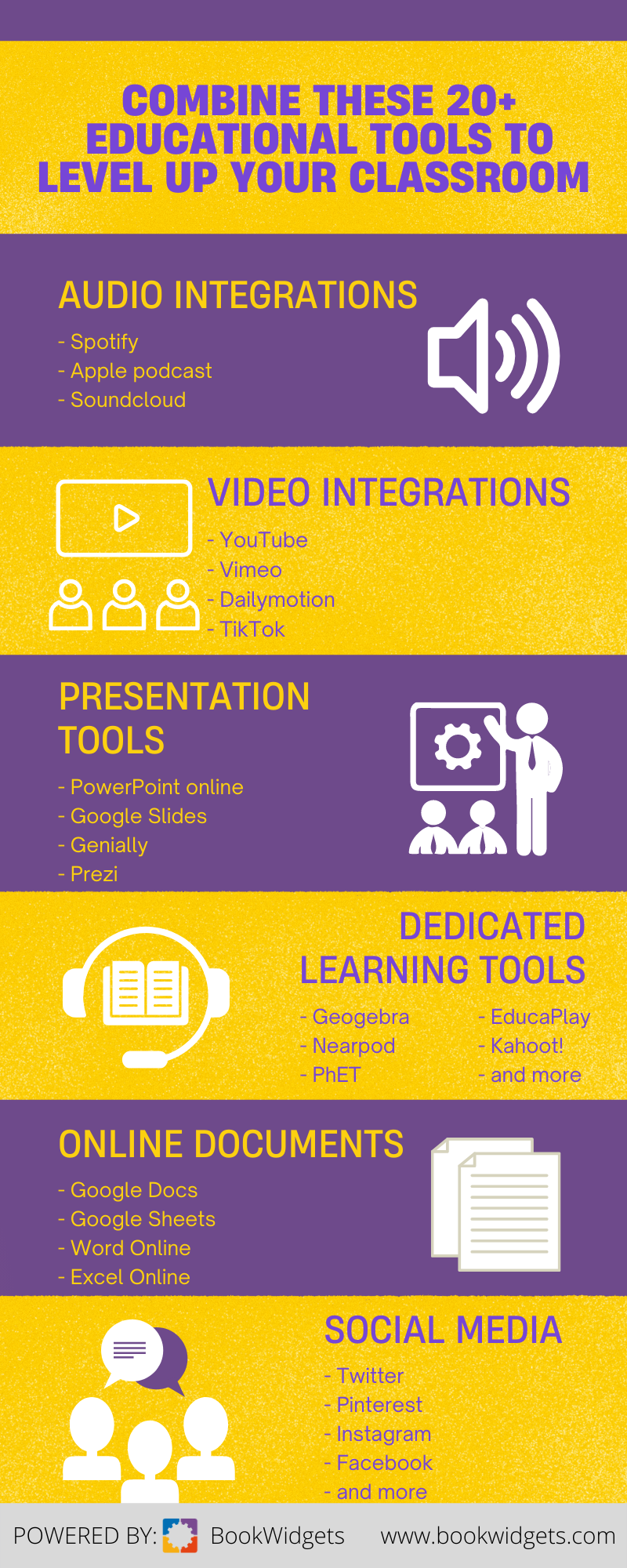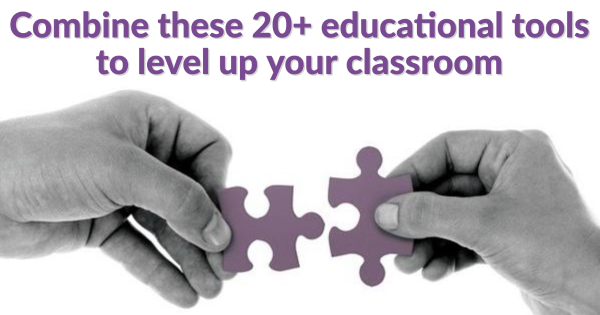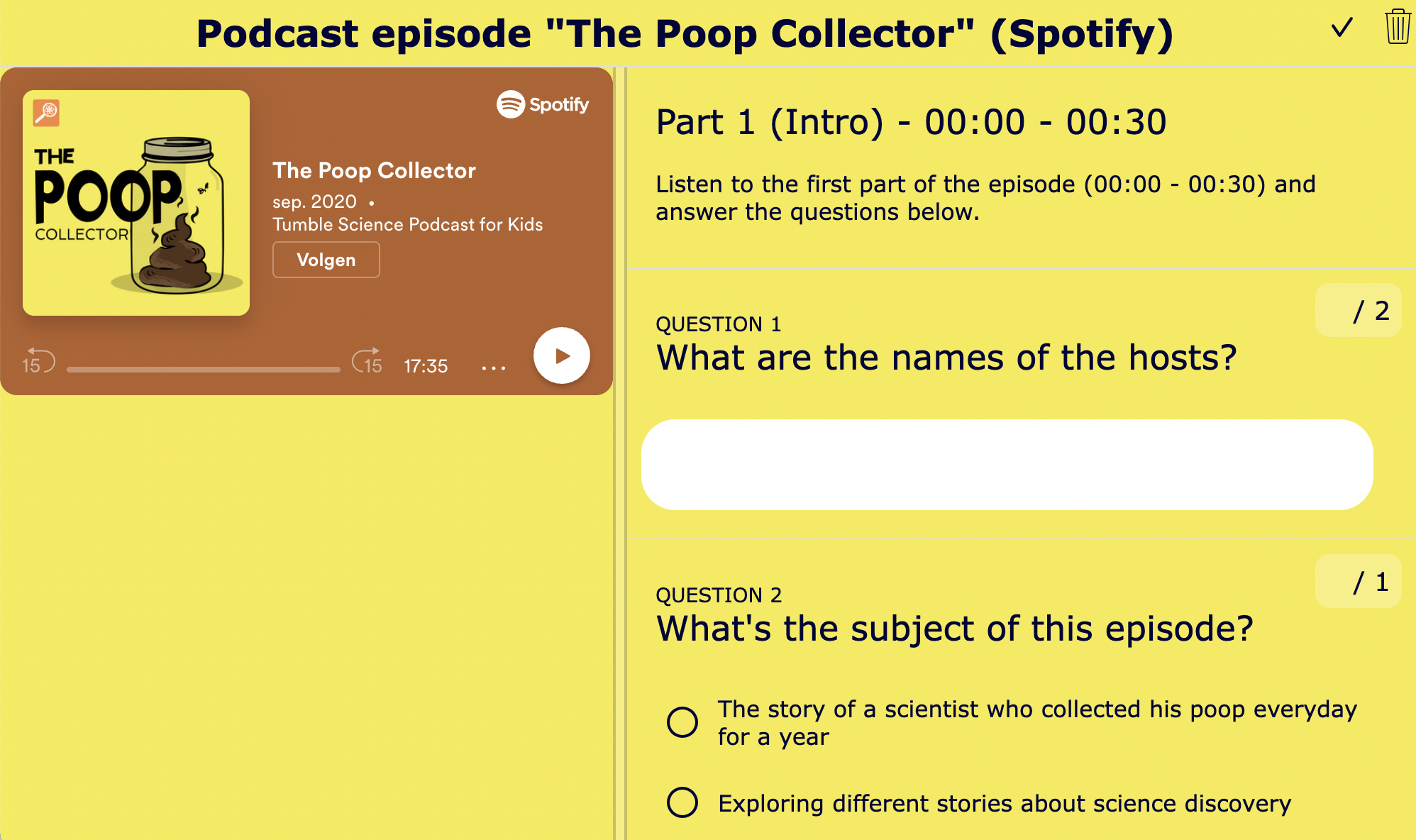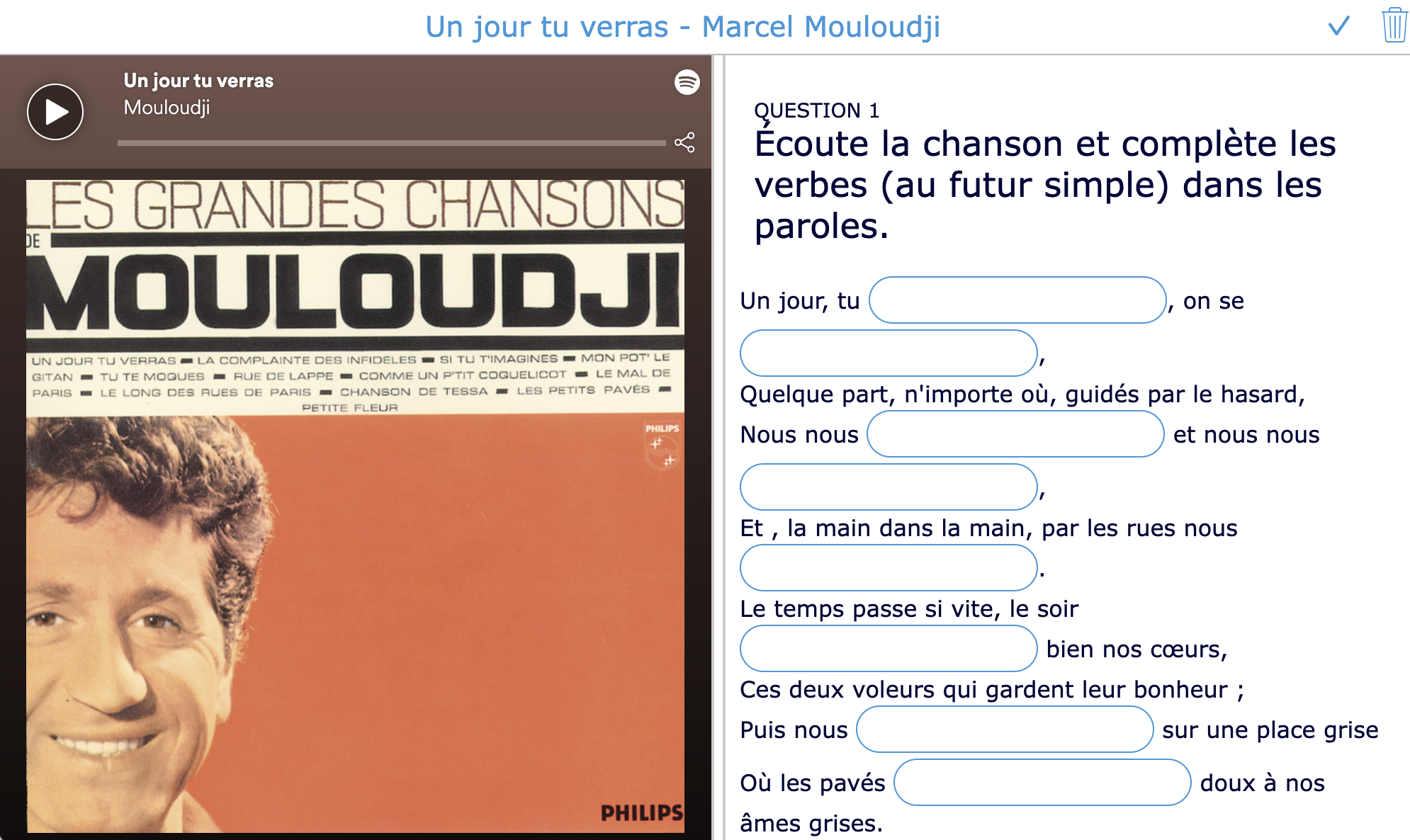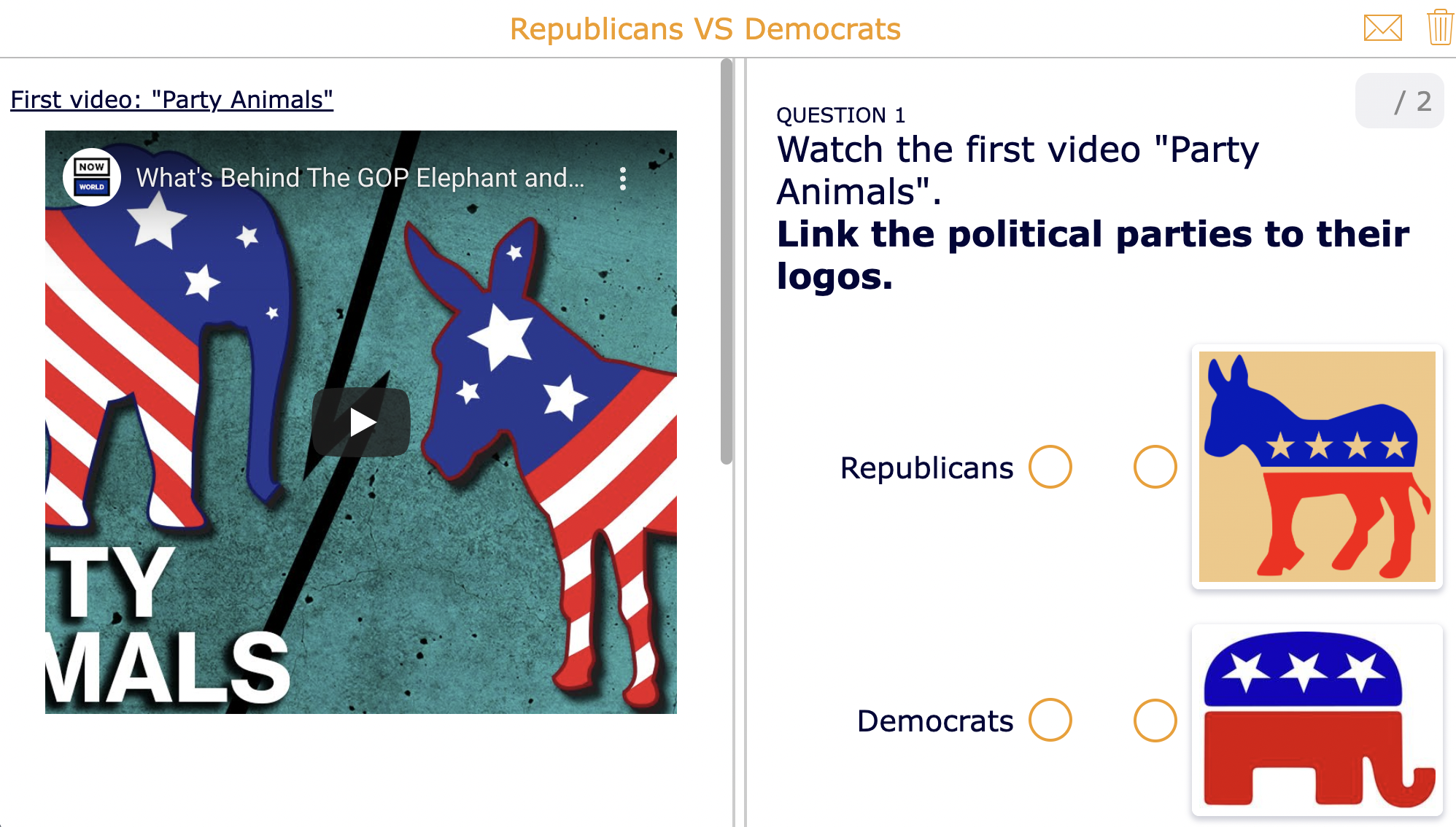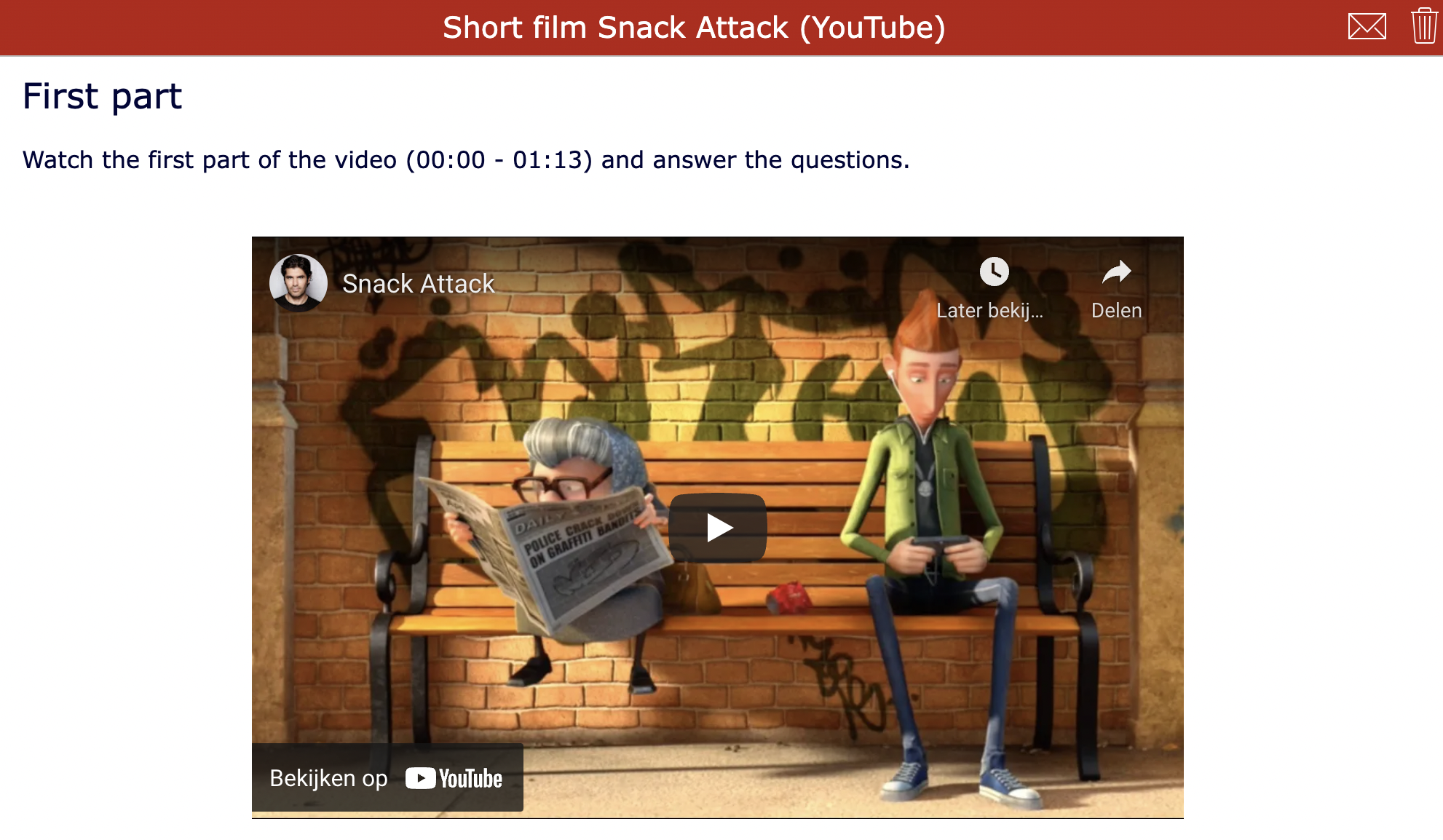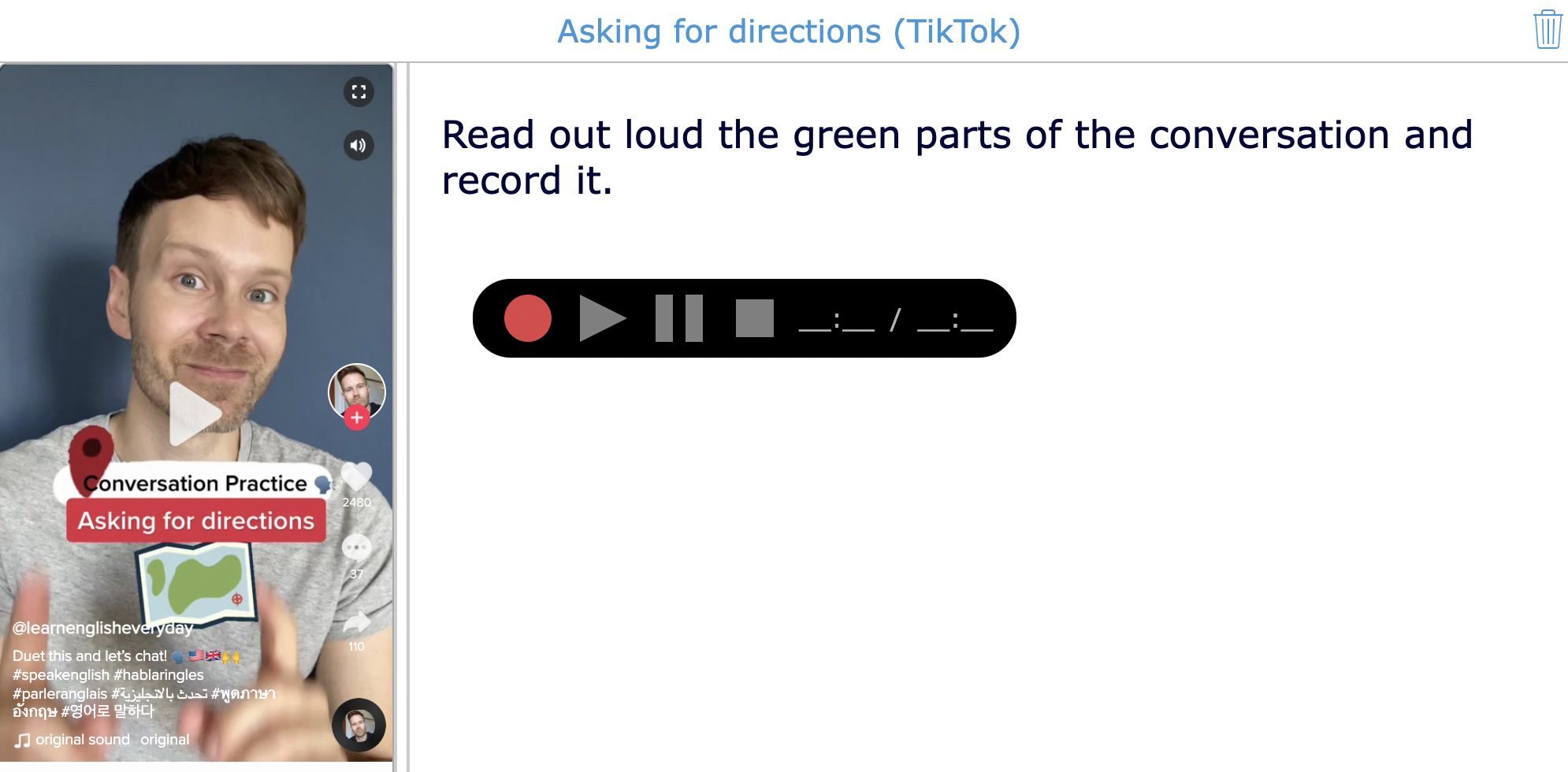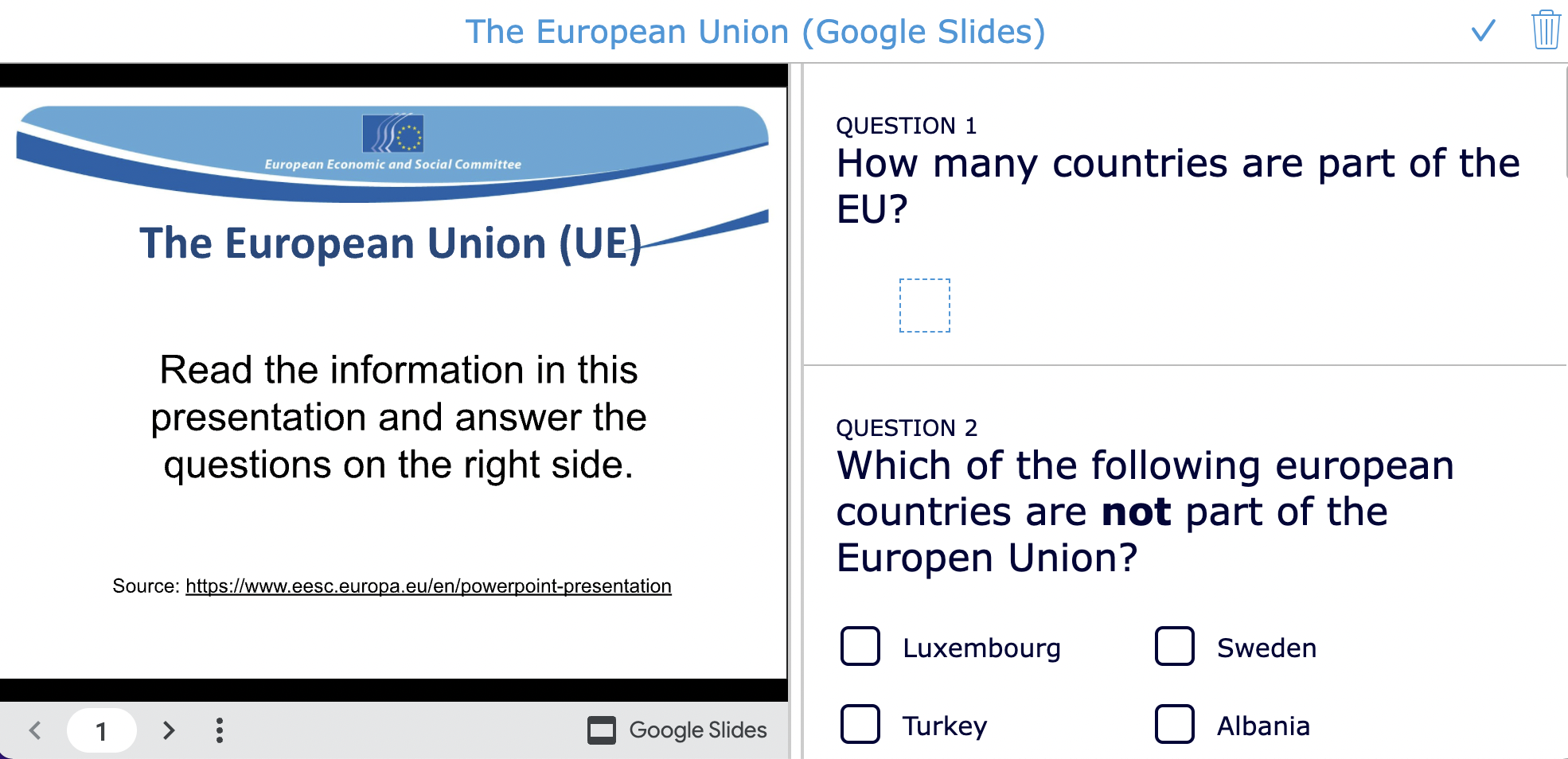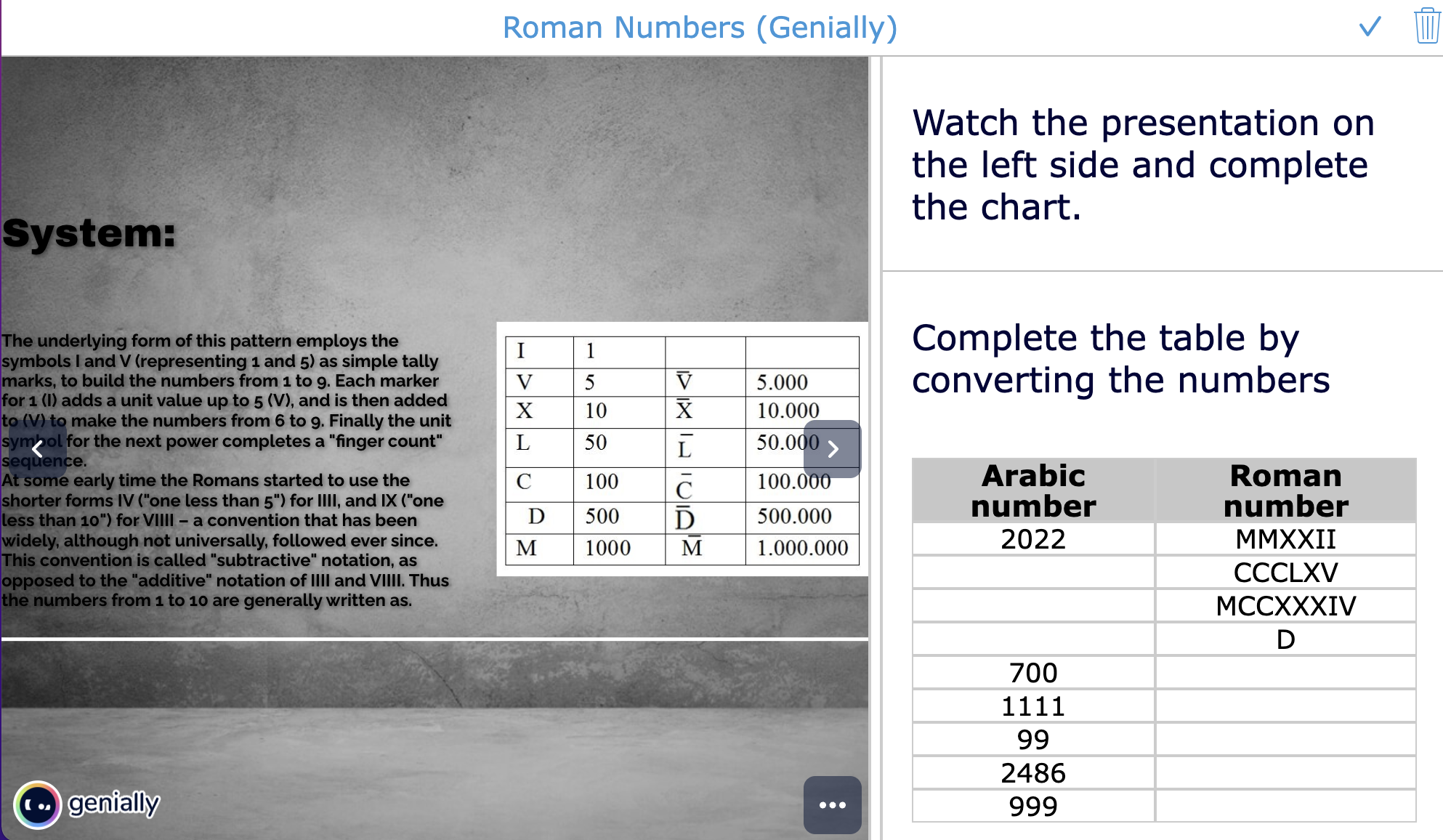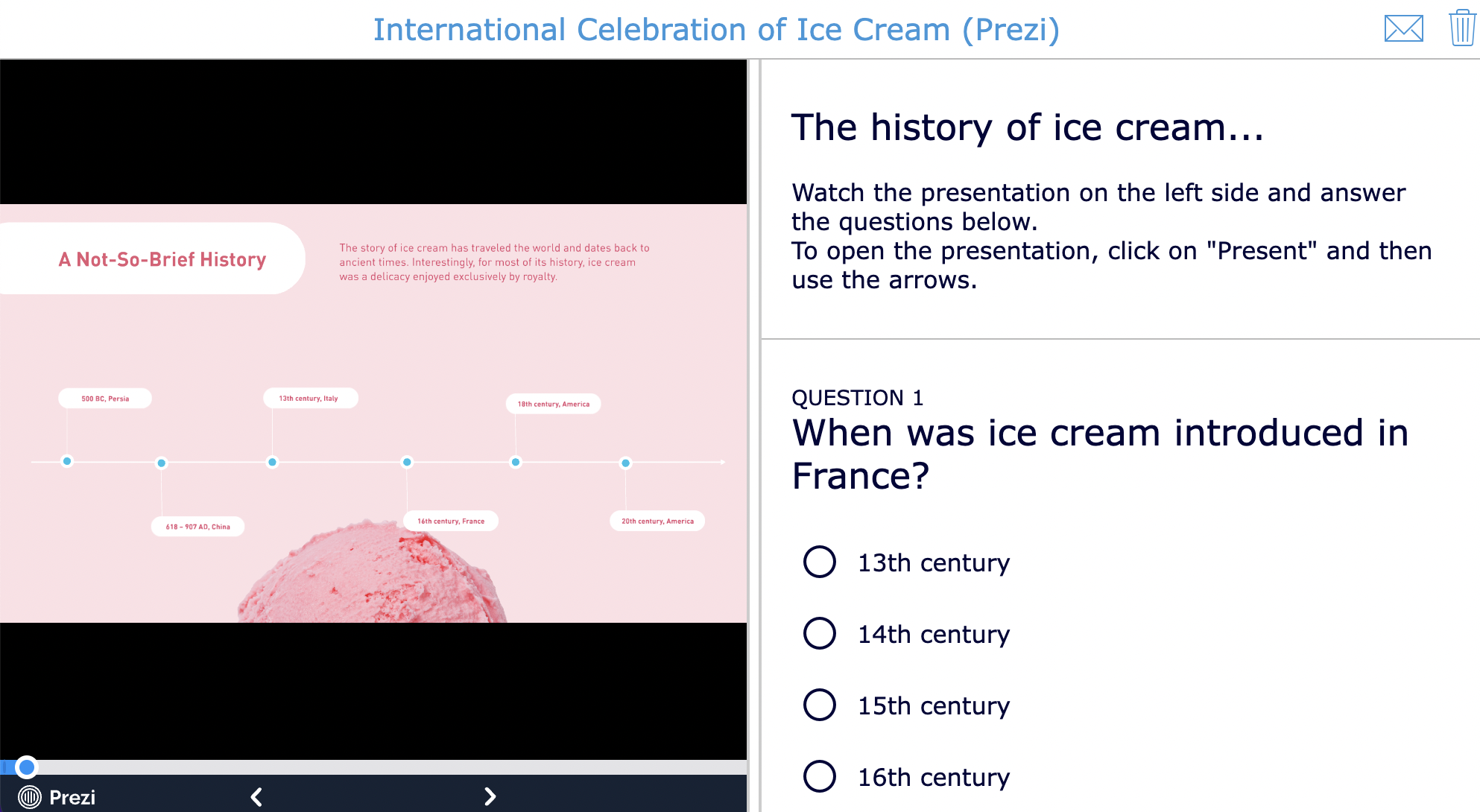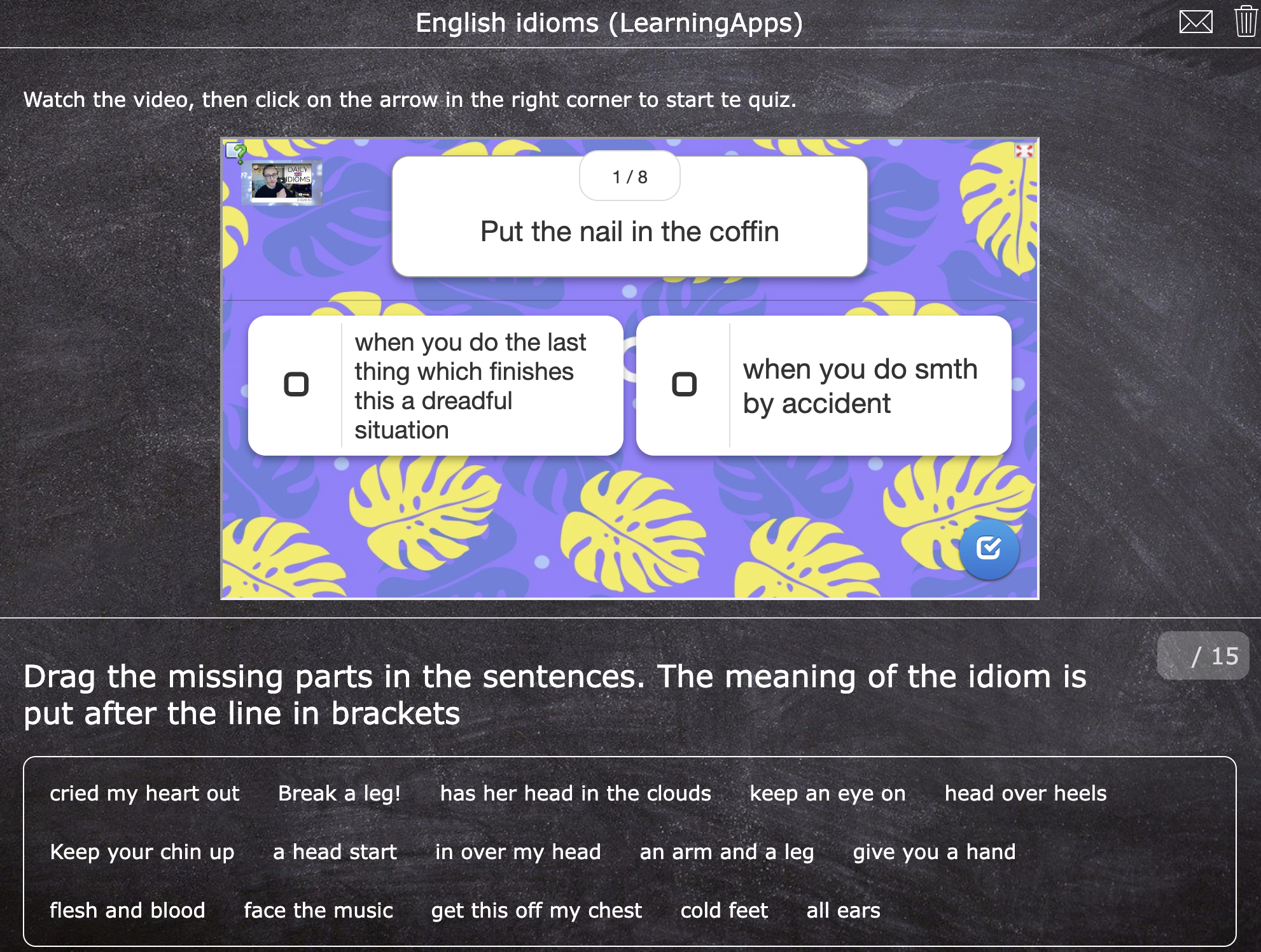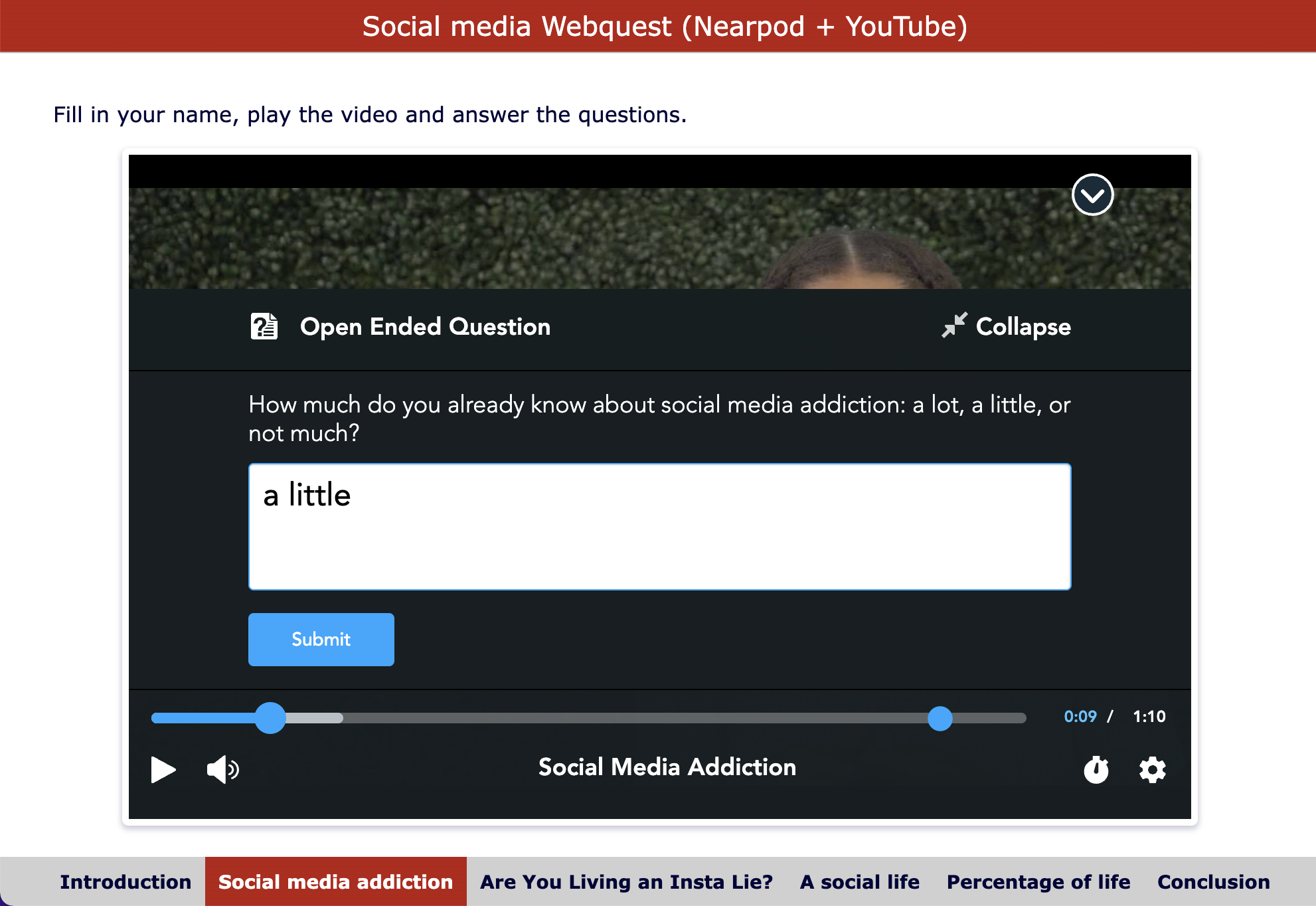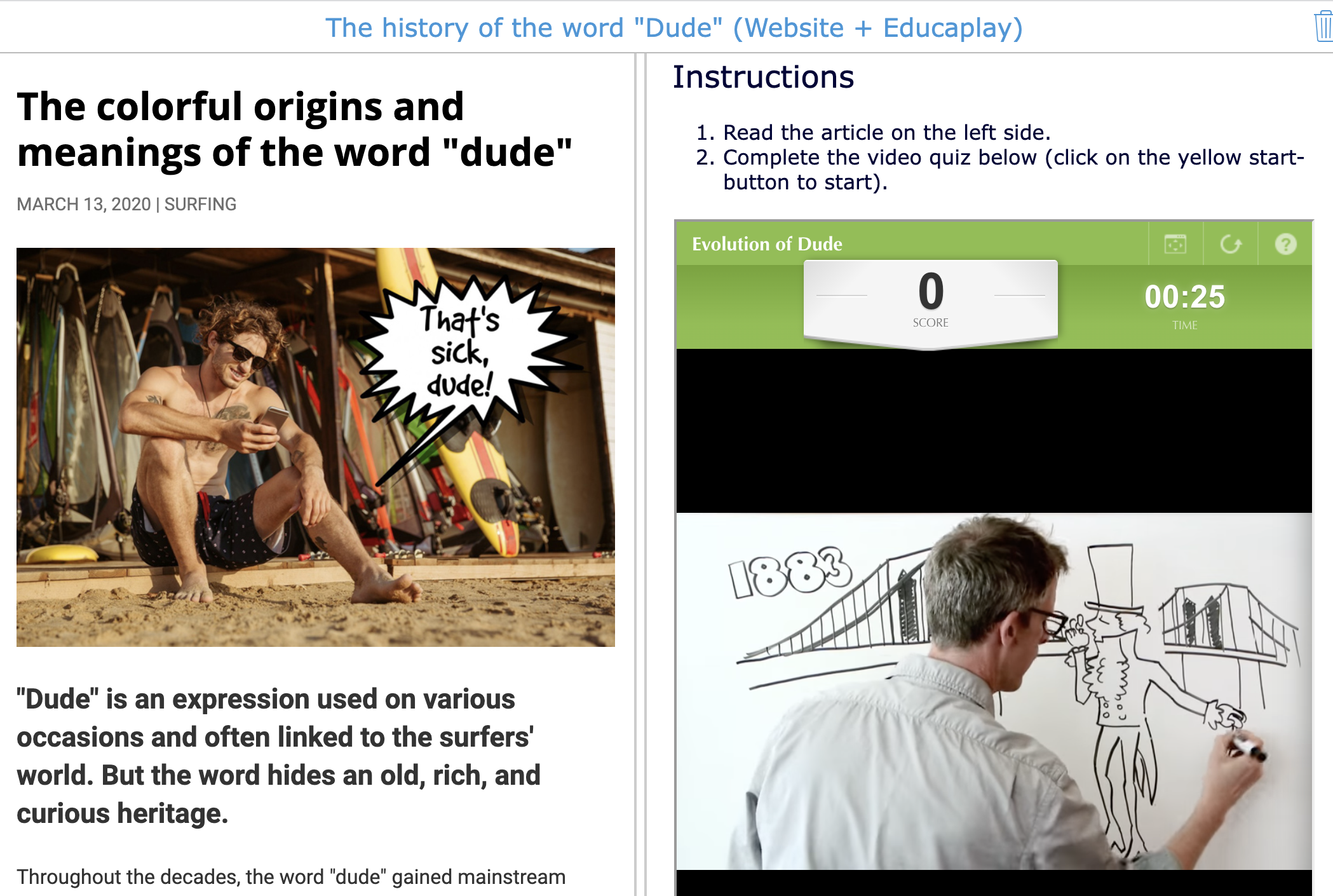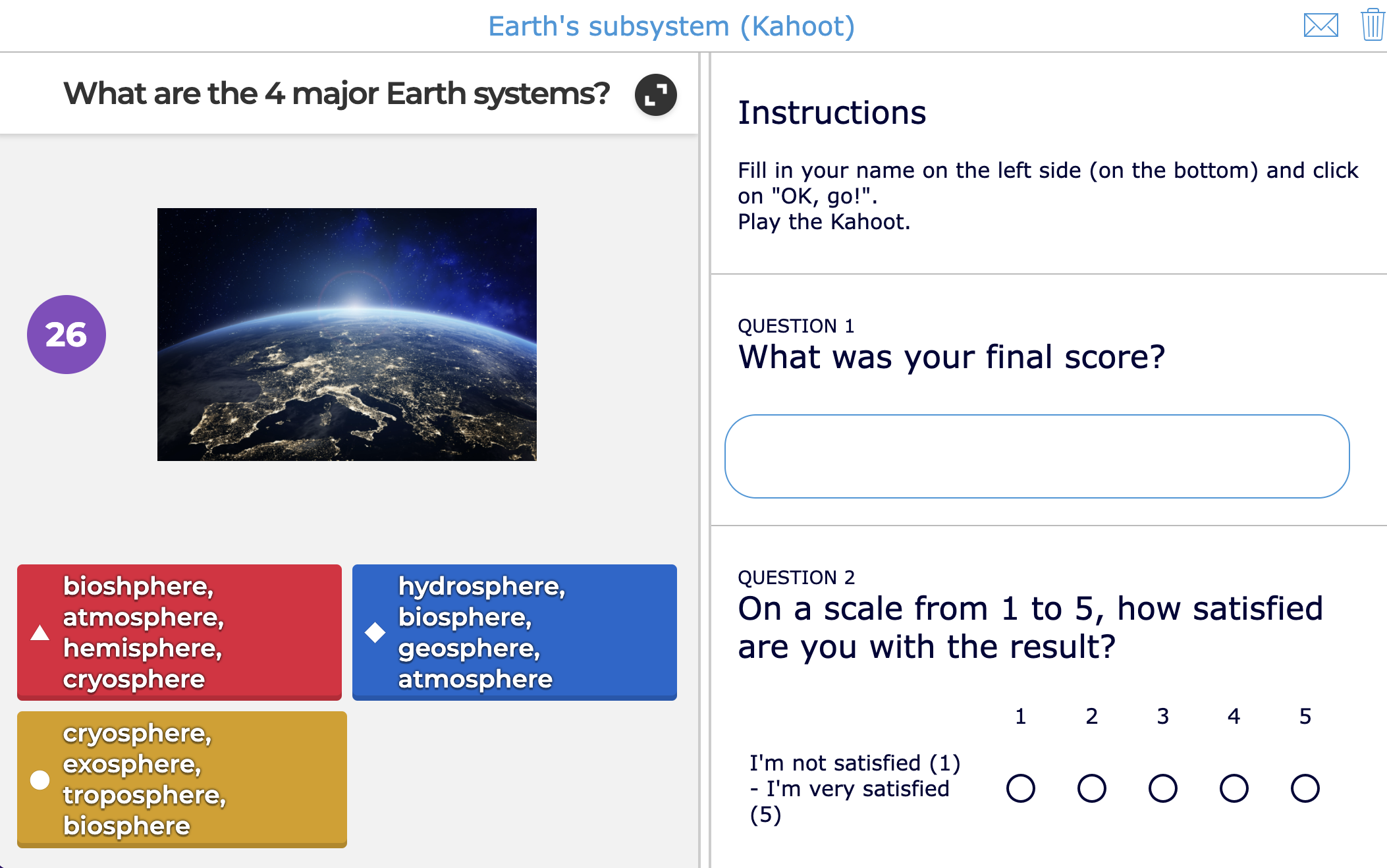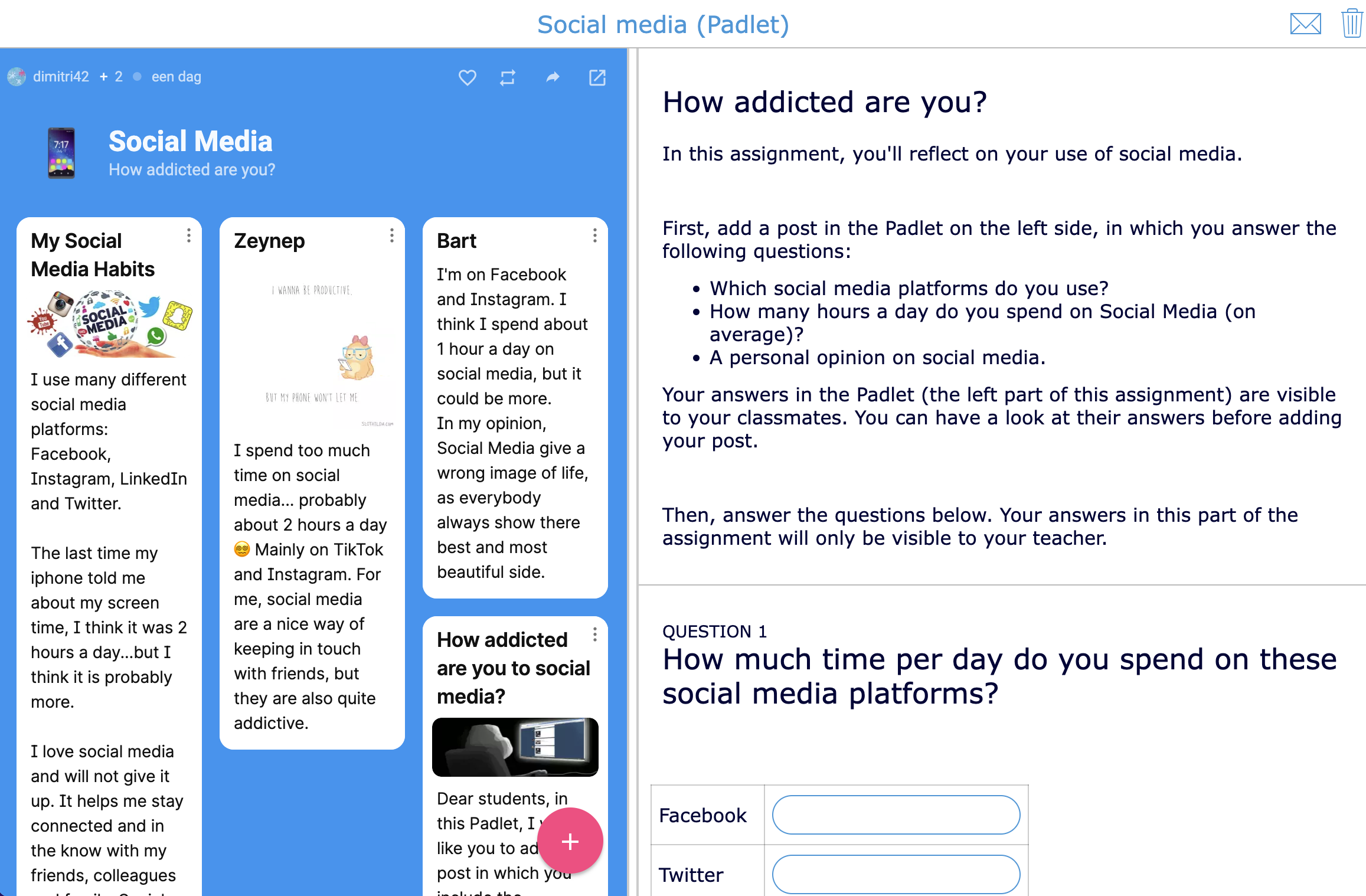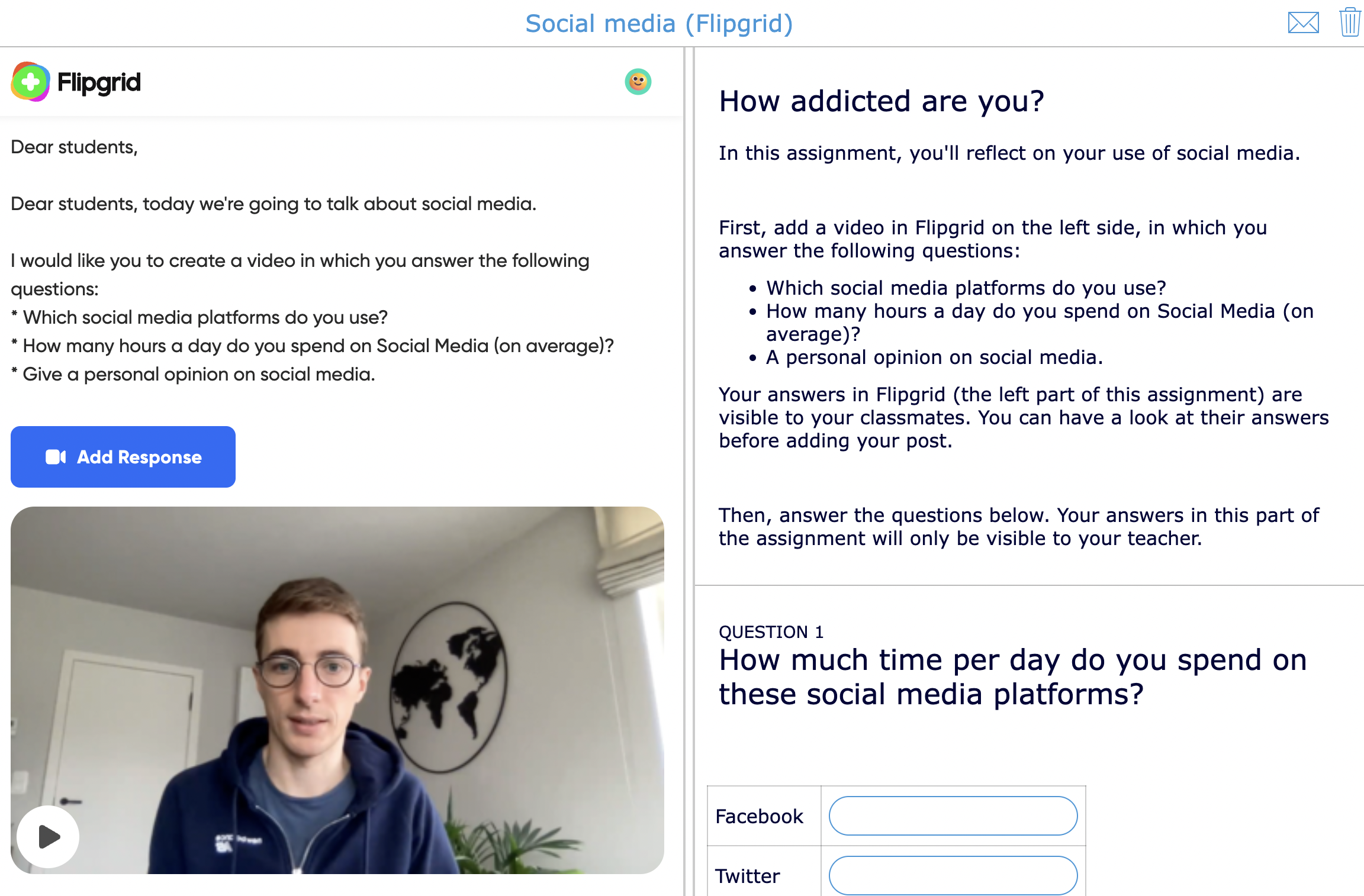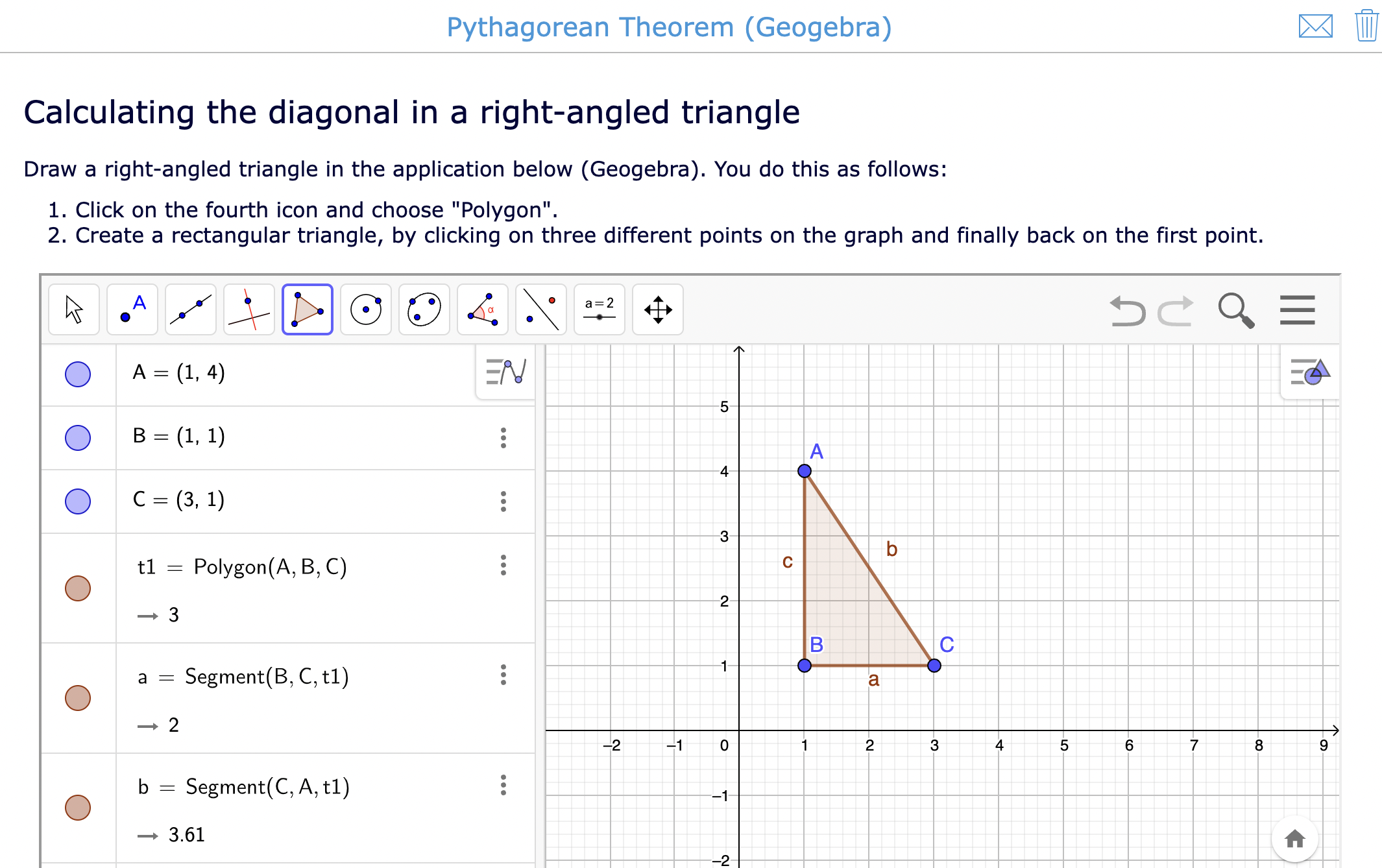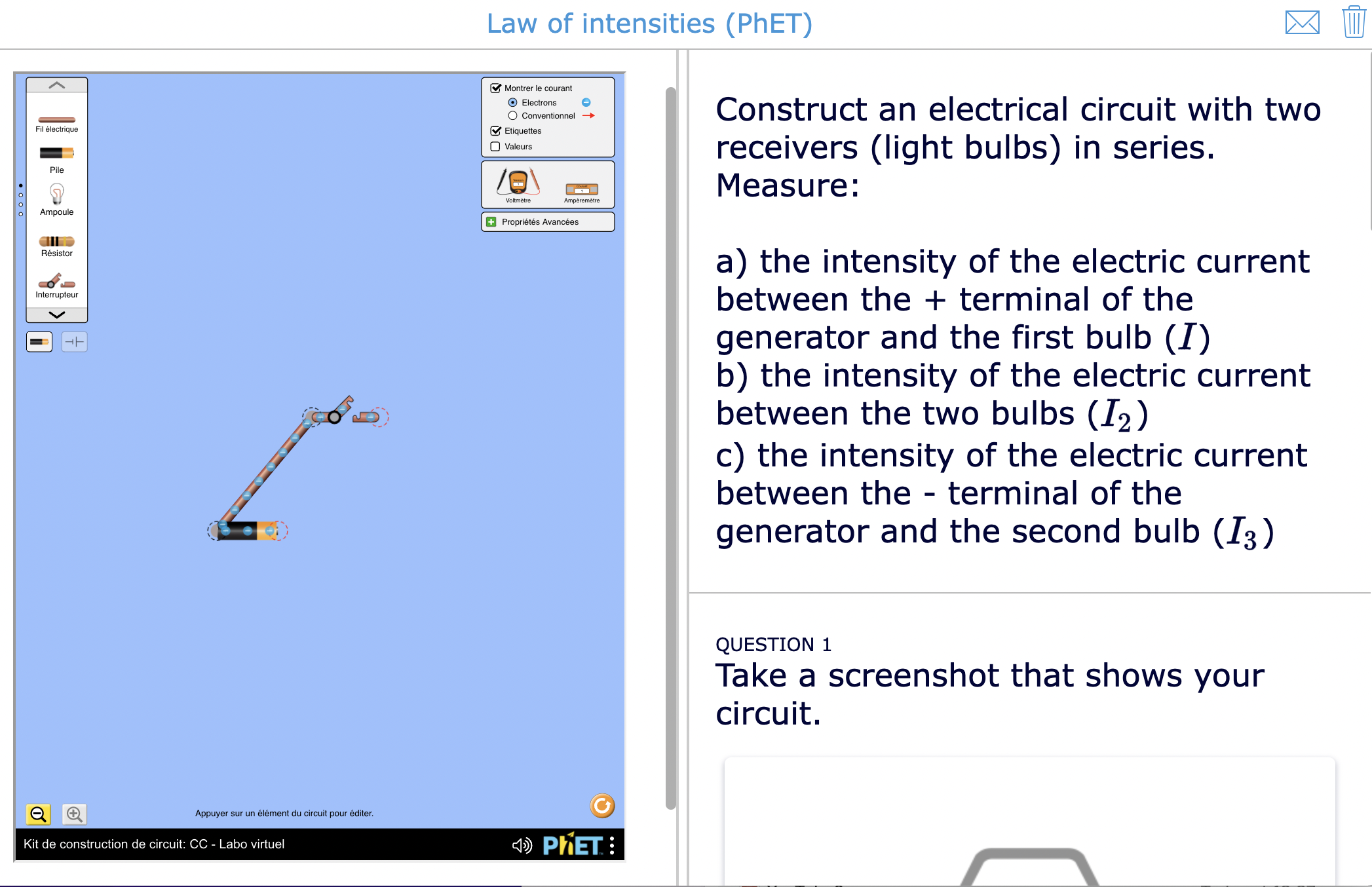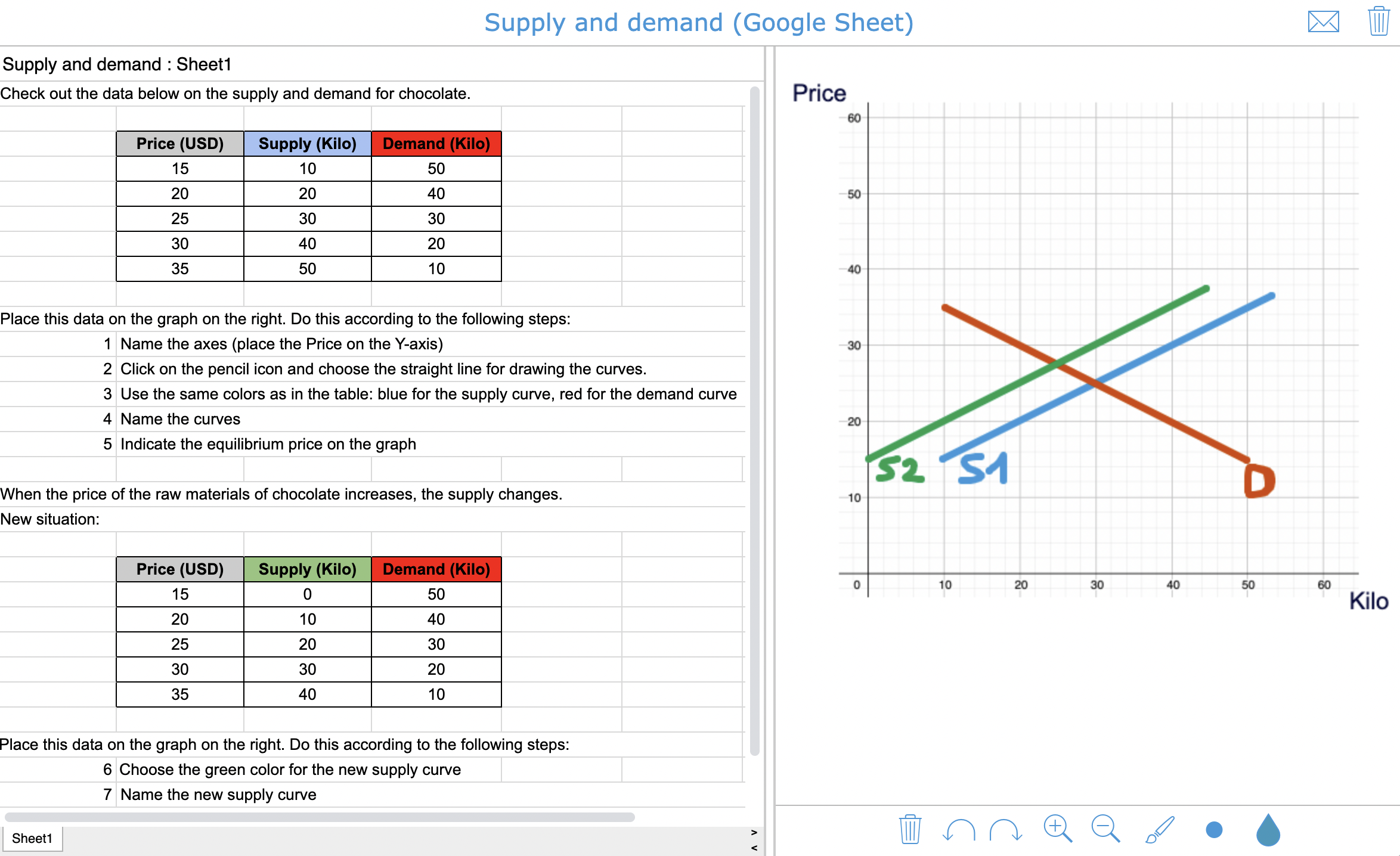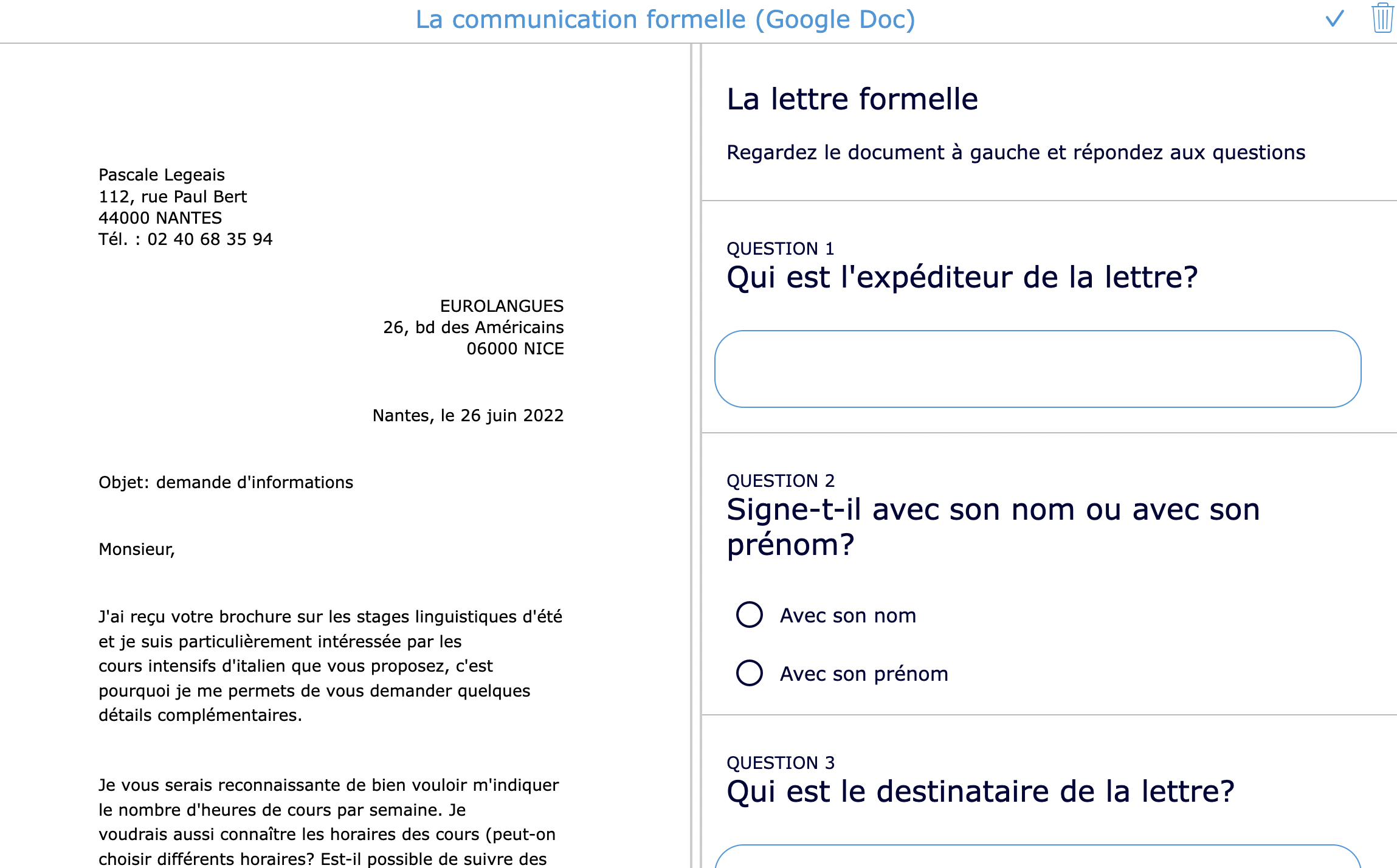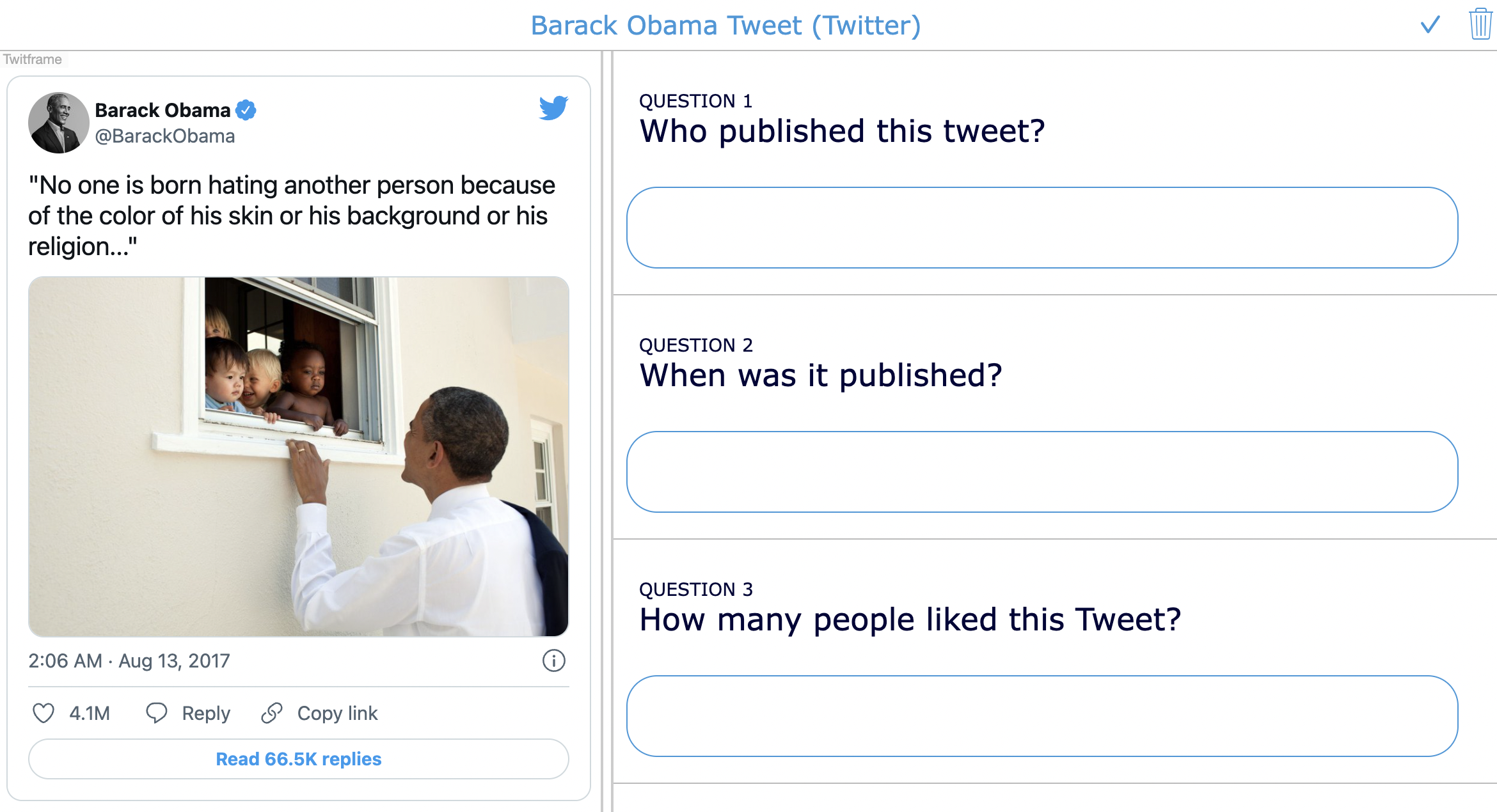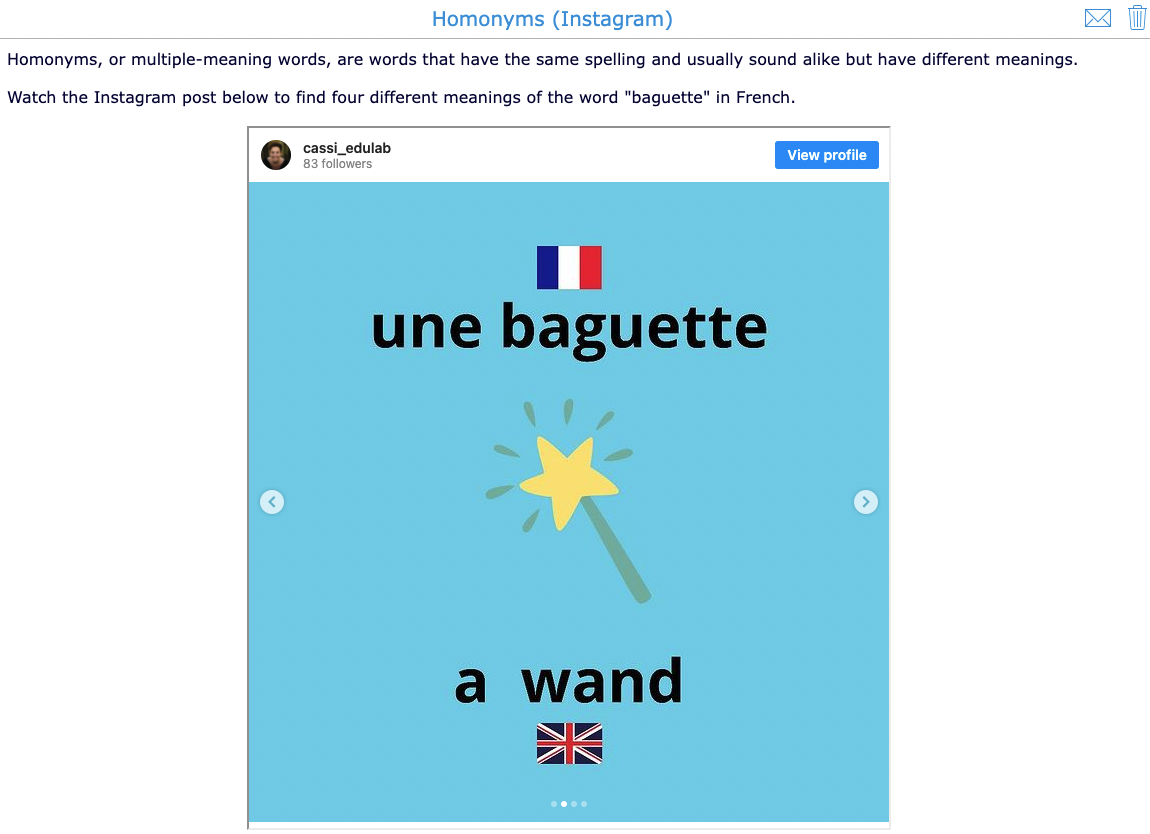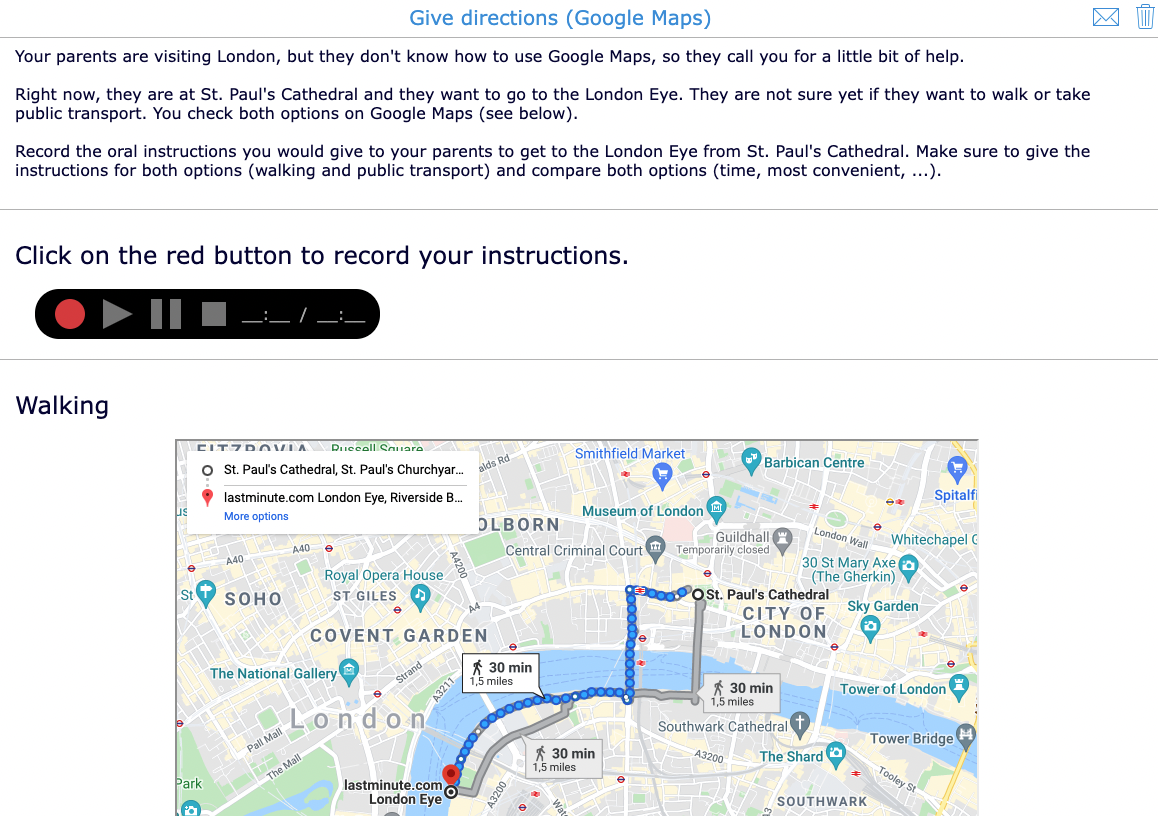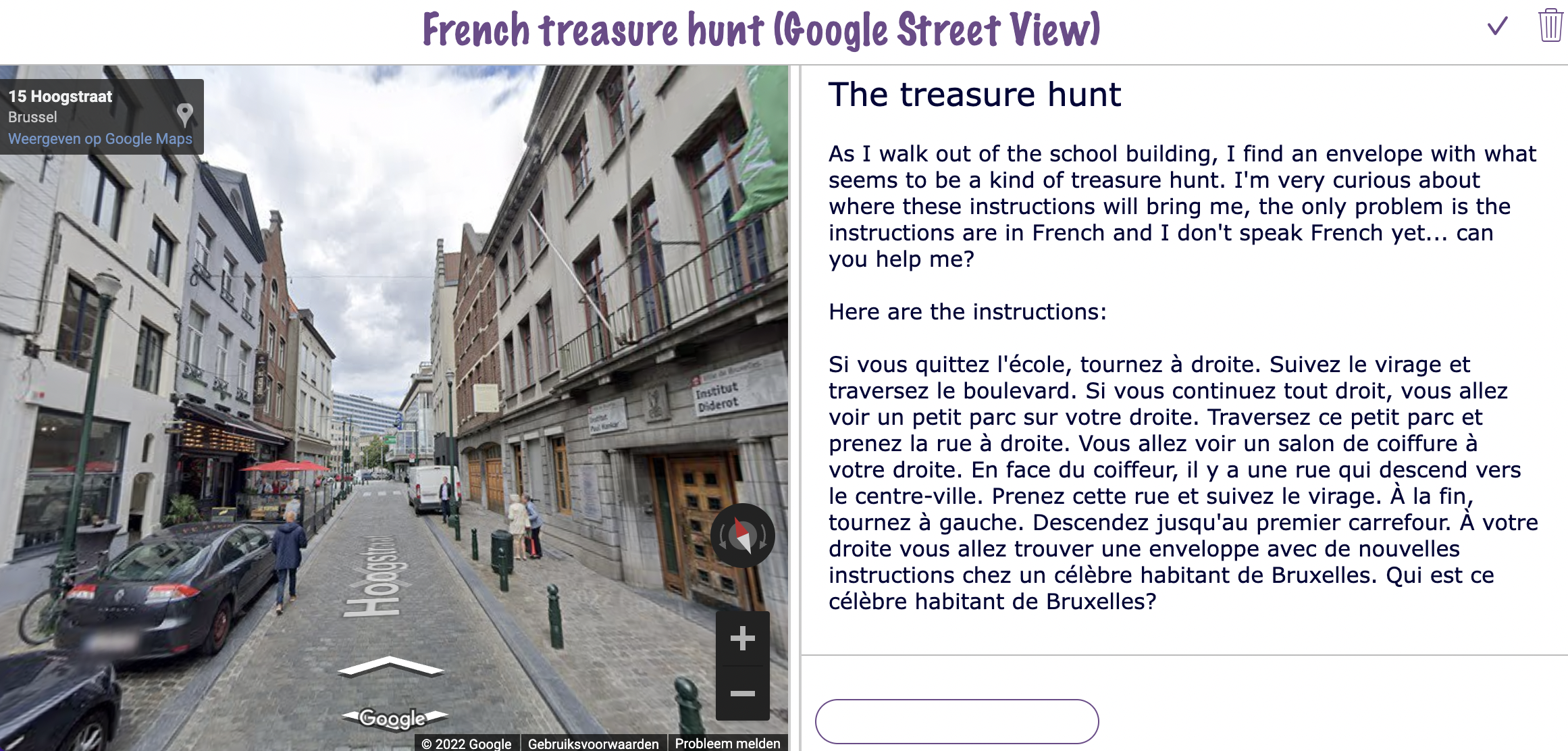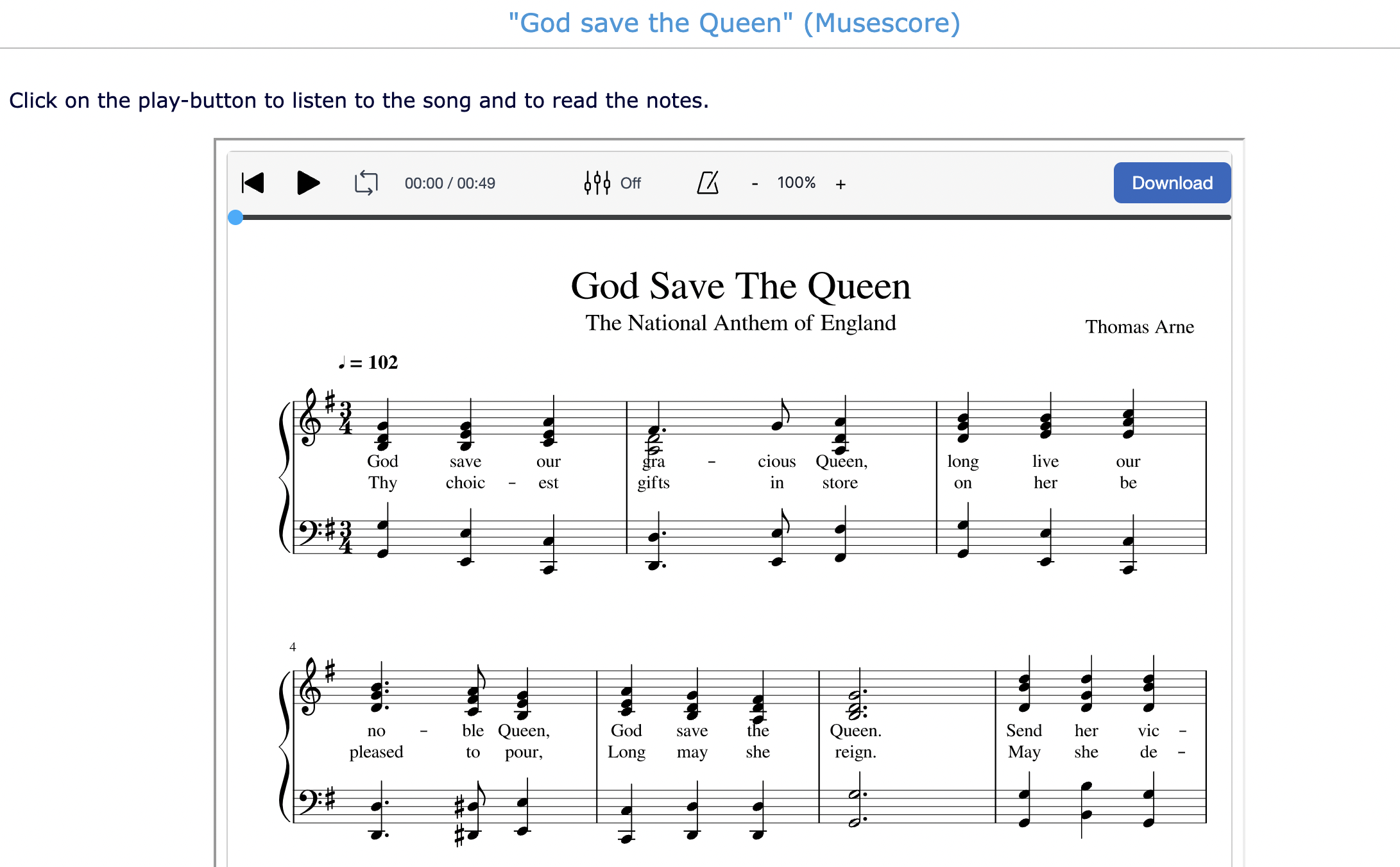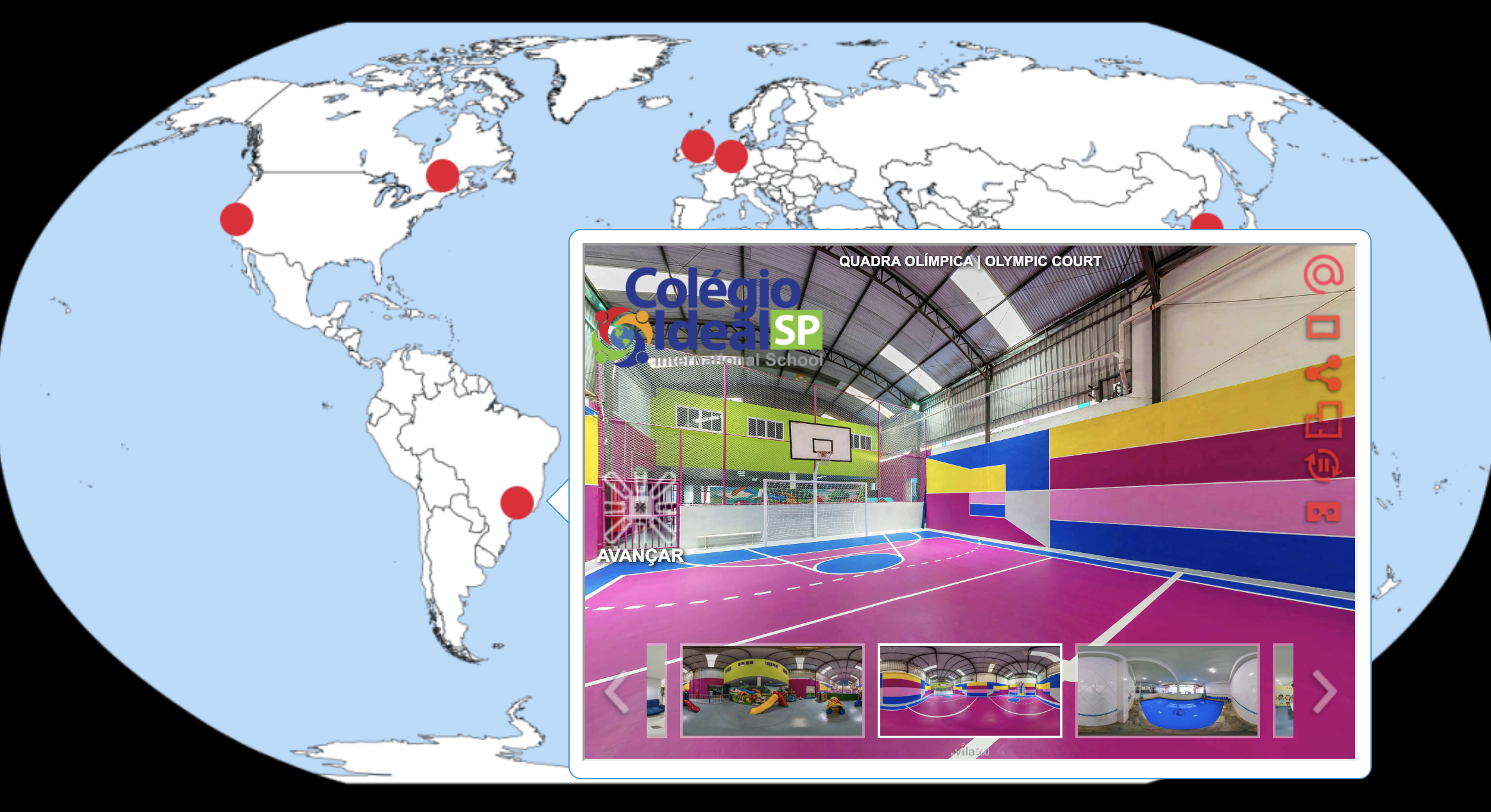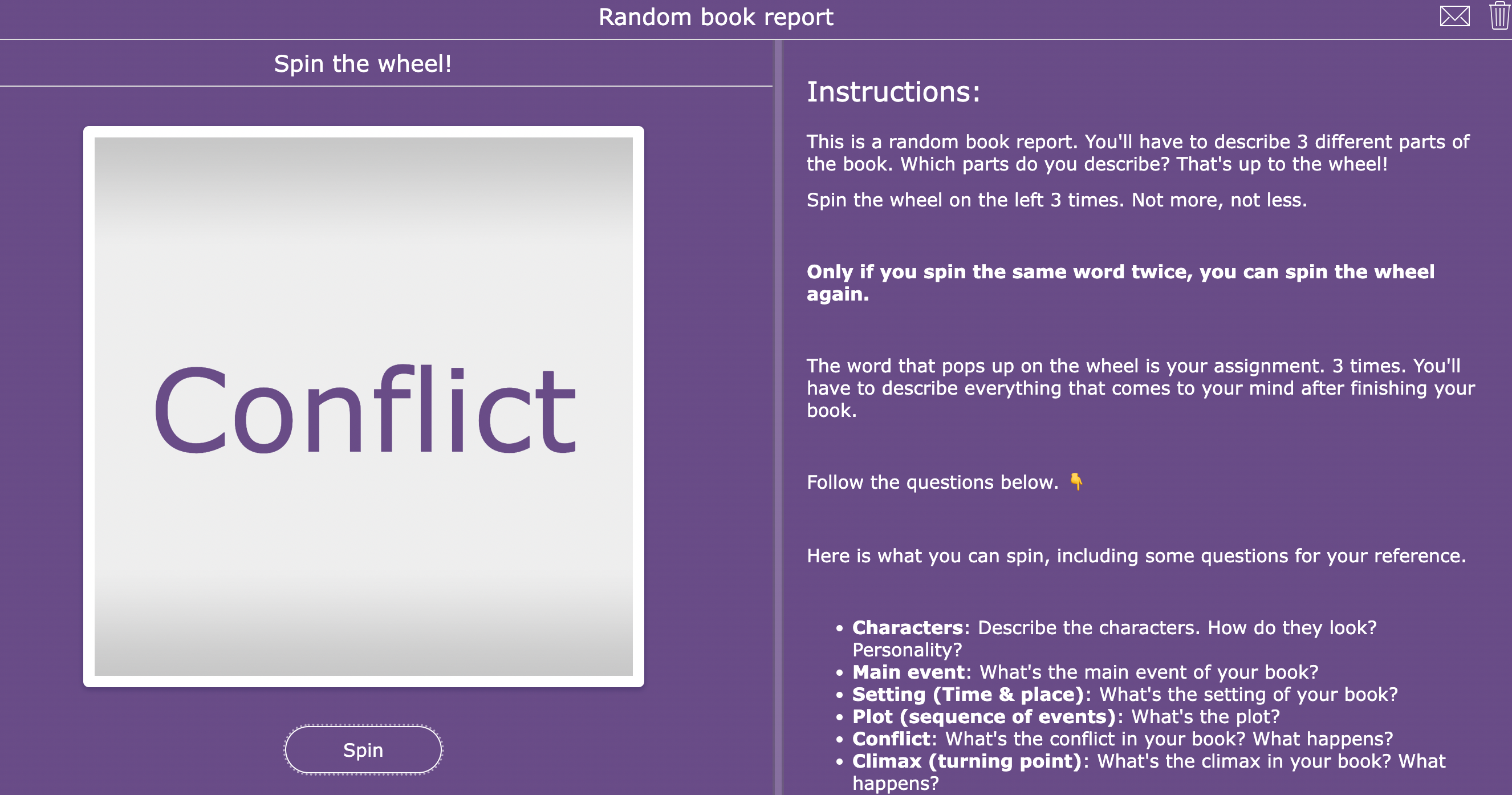App smashing: Combine these 20+ educational tools to level up your classroom
 Dimitri Bongers —
Dimitri Bongers —
YouTube, Kahoot, GeoGebra, Classroomscreen, Genially, Nearpod, Google Earth … that’s just a small selection of educational apps in today’s teachers’ digital toolkit. All these tools can improve teaching quality, either because of their authentic content or because of the way they add interactivity in the classroom. But there is a downside: the number of tools can be overwhelming for students and teachers.
That’s why I advise you to work with a content creation tool that allows integrations of other tools. BookWidgets is an example of such a tool. This blog post contains 30+ ready-to-use lesson ideas in which the countless possibilities of BookWidgets are combined with integrated educational tools. By using BookWidgets as the main tool, teachers get the best of both worlds, and students might not even realize that they are working on different tools because all tools are integrated seamlessly inside BookWidgets.
This blog post includes the following components (click on the title of an integration category to find out more about it):
- Why combine other educational tools with BookWidgets?
- Types of tools that can be integrated into BookWidgets
- 1. Audio integrations (Spotify, Apple Podcast, Soundcloud)
- 2. Video integrations (YouTube, Vimeo, Dailymotion, TikTok)
- 3. Integrations of presentation tools (PowerPoint online, Google Slides, Genially, Prezi)
- 4. Integrations of dedicated learning tools (Geogebra, PhET, Nearpod, Educaplay, Kahoot!, LearningApps, Padlet, Flipgrid)
- 5. Integrations of online documents (Google Docs, Google Sheets, Word Online, Excel Online)
- 6. Social Media integrations (Twitter, Pinterest, Instagram, Facebook, and more)
- 7. Integrations of other tools (Google Maps, Google Street View, Musescore, and more)
- How to integrate these educational tools in BookWidgets?
- Bonus: integration of a Widget in another Widget!

Why combine other educational tools with BookWidgets?
With BookWidgets already offering 40+ digital exercise templates, you might wonder if you really need other educational tools. Here are a few reasons why a mashup with BookWidgets and other tools can be interesting:
- Teachers often stumble upon high-quality audio and video content on platforms like YouTube, Vimeo, Apple Podcast, and Spotify. By integrating this authentic content into BookWidgets, students will get the best of both worlds.
- Providing students assignments with integrated authentic real-world content moves teaching and learning up the SAMR model of technology integration. These integrations offer advantages both for a classroom and an online or hybrid setting.
- Teachers will discover great digital exercises created with other EdTech tools. By embedding them into BookWidgets, students don’t need to work on an unknown platform and teachers don’t need to recreate the online exercises from scratch, a great timesaver!
- BookWidgets’ Split Worksheet and Split Whiteboard Widget types were designed to allow a smooth and easy integration of third-party content in BookWidgets: a digital activity with text, audio, or video content on one side, and questions or assignments next to it is very practical and user-friendly. By using these Widget types, students no longer need to navigate through different platforms and will no longer be overwhelmed by all the different tools.
- Embedding third-party applications in BookWidgets is a piece of cake! There’s no need to be a developer to embed content from other tools into BookWidgets, as I’ll explain later in this blog post. With BookWidgets, an educational App Smashing is fun and easy 🙌

Types of tools that can be integrated into BookWidgets
In this section, I’ll present different types of educational tools that can be integrated into BookWidgets and show some ready-to-use lesson examples for each of them. Probably, you already know most of these tools, but I bet you didn’t know all of them could be integrated so easily into BookWidgets. I hope my examples can provide you with some great ideas for your next lessons.
Sidenote: Always choose your digital educational tools wisely. Using an educational tool is NOT a purpose. It’s just a means to an end. Only select tools that really add educational value to your lessons. Read more about choosing the best classroom technology in this blog post.
All BookWidgets exercises in this blog post can be found in this BookWidgets Blog group. Create a free BookWidgets account (if you don’t have one already) and duplicate the Widgets, which will allow editing.
Wondering how you can integrate these educational tools in BookWidgets? We’ll explain it later in this blog post.
1. Audio integrations (Spotify, Apple Podcast, Soundcloud)
Audio is the new video! Podcasts are trending and the format is finding its way into the classroom as an educational tool. Find out more about using podcasts in (digital) lessons in this previous blog post!
How to use podcasts in the classroom? Let someone else lecture instead of you. This provides the students authentic real-world expats speaking on a classroom topic. Or use podcasts for listening comprehension exercises in language lessons. Such assignments are very easy to create with a Split Worksheet in BookWidgets: embed the audio content on one side, add your questions on the other side. An example is provided below.
Of course, audio content is not limited to podcasts. There are many ways of using music in the classroom, even for practicing French grammar!
2. Video integrations (YouTube, Vimeo, Dailymotion, TikTok)
The days when teachers had to reserve a television set at school to play their VHS tapes on a much too small screen are far behind us. Today, video streaming platforms like YouTube have made a full entry into the classroom. Teachers and students have access to millions of high-quality videos in high resolution.
Once you have found the right video it’s as easy as pie to embed it in BookWidgets, for example in a Split Worksheet. Show the video(s) on one side and add the questions or activities on the other side… super easy for teachers and students! Below is an example for ESL/History classes.
Creators with a BookWidgets teacher group license can also embed online videos in almost any question of a Quiz or a Worksheet. Check out the example below!
💡 Pro tip: YouTube links can contain ‘start’ and ‘end’ parameters specifying a start and end time in seconds. In the following example, just before question 4, students are asked to watch the first part of the video (00:00 - 01:13), so in the Widget editor, &end=73 has been added at the end of the YouTube URL. Wondering how this works for students? Open the Widget and test it yourself!
Besides YouTube videos, content from platforms such as Vimeo and Dailymotion can easily be embedded in BookWidgets as well. And yep, videos from TikTok - the immensely popular video platform amongst young people - can also be integrated into BookWidgets, which will add a lot of fun and interactivity to lessons. Read more about embedding TikTok videos in BookWidgets in this blog post with 30+ ready-to-use lesson ideas and check the example below.
3. Integrations of presentation tools (PowerPoint Online, Google Slides, Genially, Prezi)
Back in the day, some teachers used to print out the slides of their presentations so that students could take notes during class. While this practice has certain advantages, it quickly becomes passive when students just need to listen and take notes. But definitely don’t delete all your PowerPoint presentations! Upload them to your online Microsoft or Google account, integrate them into BookWidgets, and add some interactive questions for your students to work on themselves. Take a look at our example below to discover how this can work.
The same concept works for most presentation tools like Google Slides, PowerPoint Online, Genially, and Prezi. Be sure to check out the examples of the latter two below.
4. Integrations of dedicated learning tools (Geogebra, Phet, Nearpod, Educaplay, Kahoot, LearningApps, Padlet, Flipgrid)
OK, I get it. Even though BookWidgets already offers so many possibilities, you use other EdTech tools as well. To keep it simple for students, it’s a great idea to integrate content from these tools into BookWidgets! The following examples show a selection of educational applications that can easily be integrated into BookWidgets and, more importantly, the educational benefits of such EdTech mashups. Sometimes one plus one is more than two. 🙌
Extra questions or instructions
In BookWidgets, teachers can easily add extra instructions or questions to the original exercise, however, in some cases you may need to have an account on the other platform. See our LearningApps integration example.
Part of a complete lesson plan
The integrated exercise can become part of a complete lesson plan, like our Nearpod integration example, which is a complete Webquest about Social Media and also includes YouTube videos.
Combination of content from different sources
Teachers can add content from different sources in a Widget. Check the Educaplay example, which also includes an integrated website with a news article.
Reflective questions
Students can be asked to reflect on their results, as shown in the example with a student-paced Kahoot! exercise.
Collaboration and interactivity
Another example of an integration that allows teachers to get even more out of BookWidgets is embedding a Padlet. If you don’t know about this “online shared post-it board” yet or you’re not sure how to use Padlet in the classroom, read this blog post.
Normally, in BookWidgets, students never see each other’s answers, but if you want them to brainstorm or collaborate, embedding a Padlet in a Widget is a wonderful workaround as the following example about social media shows.
Looking for a tool that allows this kind of brainstorming or collaboration, but with video content? During remote teaching, many teachers started to use Flipgrid to stay in touch with students. The platform makes it very easy to interact with students and … guess what? It can also be embedded in BookWidgets! So here’s the same exercise about social media, this time with an embedded Flipgrid assignment.
EdTech tools for specific subjects
Certain EdTech tools are developed for specific subjects. Two great examples are Geograba for Mathematics and PhET Interactive Simulations for Science courses. By integrating these specific tools into BookWidgets, teachers combine practical exercises with applied questions. Students don’t need to navigate between two different tools and teachers receive all the answers in the BookWidgets Grading Dashboard.
5. Integrations of online documents (Google Docs, Google Sheets, Word Online, Excel Online)
Turn a “boring” paper worksheet into an interactive online exercise by embedding it in a Widget! All you have to do is upload your document to your online Office or Google account, look for the embed code and integrate the document into a Widget. This once again gives teachers extra possibilities, as shown in the examples.
6. Social Media integrations (Twitter, Pinterest, Instagram, Facebook …)
Looking for a way to share a Facebook post, Tweet, TikTok video, Pinterest image, Instagram post, or content from other social media with students without them needing to go to the social media platform? Search no longer! Embed the social media content in a Widget, add some questions if you want, and share the Widget link with your students.
7. Integrations of other tools (Google Maps, Google Street View, Musescore, and more)
And it’s not over yet… There are plenty of other tools that can be embedded in BookWidgets - too many to mention all in this blog post. Just remember that if you find great content on a website or online application, chances are high that this content can be smoothly integrated into BookWidgets.
To conclude, the examples below show how Google Maps, Google Street view, MuseScore (online music scores), and 3D tour applications can be integrated into BookWidgets.

How to integrate these educational tools in BookWidgets?
In this section, I’ll explain how to embed content from educational tools into BookWidgets. For most tools, this is very easy and developer skills are certainly not needed. If however, for some reason, you don’t manage to integrate your favorite educational tool into BookWidgets, do not hesitate to report your problem at support@bookwidgets.com or ask for the advice of others in our Facebook community.
Step 1: find the embed code or the URL
An embed code is a short part of HTML-code provided by the educational tool that you want to integrate into BookWidgets. This code needs to be copy-pasted into BookWidgets (see following steps). This is sometimes called an iframe and always has a bracket at the beginning and the ending.
As an example, here’s the embed code from our Prezi integration demo Widget:
<iframe src="https://prezi.com/embed/1ip5jhrlifsq/" id="iframe_container" frameborder="0" webkitallowfullscreen="" mozallowfullscreen="" allowfullscreen="" allow="autoplay; fullscreen" height="315" width="560"></iframe>
Exception: videos
Sharing a YouTube or Vimeo video can be done with the embed code, just like the other educational tools. However, in most cases, it’s easier to just copy the video URL.
How to find the embed code?
Open the content that you want to integrate into BookWidgets and look for an option called “embed” or “integrate”. The most used icon for this option looks like this:

Sometimes, the “embed option” is not directly available, but will show up by clicking on the “Share” or “More options” icon that mostly looks like this:




For Google Drive documents, open the document, click on File > Publish to the web > Embed.
For Microsoft Office Online documents, open the document, click on File > Share > Embed.
What if the embed code is not provided?
If there’s no embed code provided, simply copy the URL from the address bar of the browser. With a bit of luck, you can still embed it in BookWidgets. If not, the alternative solution is to simply put the link in your BookWidgets exercise or Widget.
Step 2: Create a Widget
Go to your BookWidgets account and click on Create a Widget. You’ll now have to choose a Widget type. As you might know, BookWidgets offers over 40 types of exercises, but if you want to embed content from another tool, the most used option is the Split Worksheet.
In a Split worksheet, you can embed content on one side and add several questions next to it. There are over 30 question types, e.g. multiple-choice questions, fill-in-the-blank questions, word or sentence ordering questions, etc.
See our Split Worksheet Example.
Other options are:
- A Split Whiteboard - This Widget Type is similar to the Split Worksheet, but instead of answering questions, students make a drawing or annotate a picture. See our Split Whiteboard Example.
- A Quiz or a Worksheet - Creators who have a BookWidgets plan which includes the Custom Widget Design feature can also embed online videos in almost any question of a Quiz or a Worksheet. Other educational tools can be embedded in a Text question. See our Worksheet Example.
- A Hotspot Image - “A picture is worth a thousand words”, and interactive images really trigger students. The Hotspot image is a powerful and easy-to-use tool for creating interactive images. See our Hotspot Image example.
- A WebQuest - The WebQuest Widget allows teachers to create complete lesson plans, including instructions, documents, links, videos, exercises, self-assessment … See our WebQuest example.
Step 3: Paste the embed code or the URL in the Widget editor
After copying the embed code (or the URL) of the educational tool and creating the Widget, it’s time to make the magic happen! Basically, the last step is to paste the embed code (or the URL) at the right spot in the Widget editor. What is the right spot? It depends on the chosen Widget type:
A Split Worksheet or a Split Whiteboard
In the Widget editor, go to Text. To embed a video, click on the camera icon and paste the video URL.
For any other integration, under Text pane type choose Web embed and open the Web embed configuration part. Below Link type, select I have an iframe embed code, and paste your embed code in the field under iframe embed code.
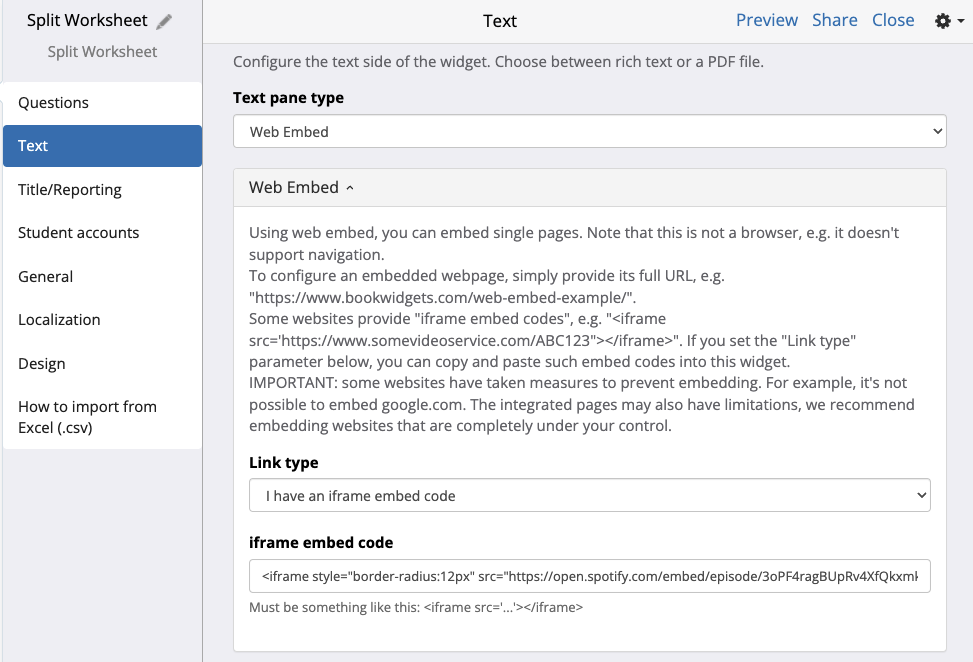
If you don’t have an embed code, you could try to select the option I have a URL and paste the URL in the URL field. Not all websites support being embedded, so if it doesn’t work, embedding will not be possible and you’ll simply have to put the link somewhere in your Widget.
Click on Preview in the top right corner to check if the content appears correctly.
A Quiz or a Worksheet
Add a Text question. Scroll down in the list of options and click on Web embed. Under Link type, choose I have an iframe embed code or I have a URL. Paste the embed code or the URL in the following field. Configure width and height and click on Preview in the top right corner to check if the content appears correctly.
A Hotspot Image
Add the background image, then click on Web Popup. Paste the URL under Popup URL. Configure width and height, the Hotspot marker, and the position on the background image. Click on Add hotspots to add more interactive elements to your Hotspot Image.
Click on Preview in the top right corner to check if the content appears correctly.
A WebQuest Open the tab in which you want to embed the content. Click in the text field. A + icon will appear. By clicking on it, four options will appear. Click on the <> icon. Paste the URL of the selected educational tool.

Click on Preview in the top right corner to check if the content appears correctly.

Bonus: integration of a Widget in another Widget!
Advanced BookWidgets users are familiar with embedding different Widgets inside the WebQuest, Hotspot Image, and Planner Widget types. It’s an easy way to share several Widgets at once with students and create predetermined lesson sequences.
But few BookWidgets creators know that certain Widgets can also be integrated into the Split Worksheet, Split Whiteboard, Quiz, and Worksheet Widget types. This once again offers a lot of new possibilities!
In order to do this, first, create the Widget that you want to embed. Share it and copy the Widget URL. Then follow the instructions as explained above to embed an educational tool by its link (not by the embed code).
Disclaimer: For technical reasons, it’s better to embed only Widgets that do not require students to submit answers.
Wrap Up
Want to use the examples from this blog post in lessons? Join this BookWidgets group.
Which educational tools do you usually integrate into BookWidgets? I hope you found some inspiring ideas in this blog post. Which of these ideas is your favorite? Let us know on Twitter! - @ibookwidgets
Or share your best lesson ideas with embedded education tools in the Teaching with BookWidgets Facebook group so that in turn, you can inspire others!
Have fun!
